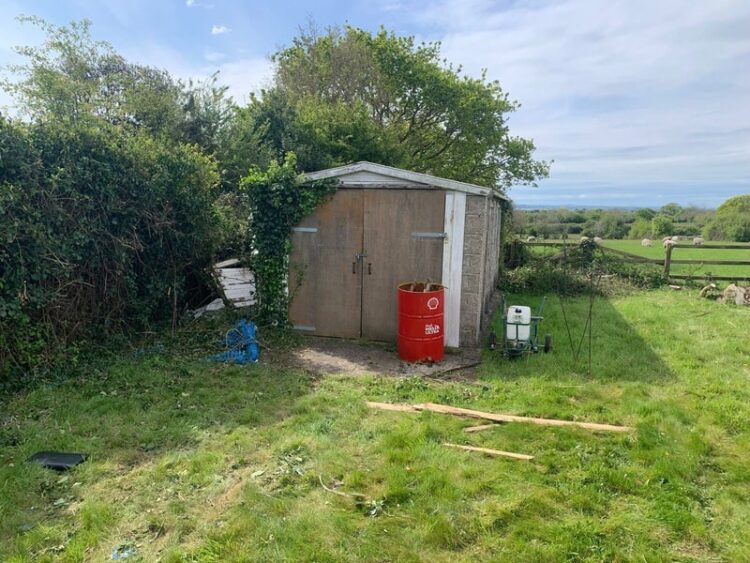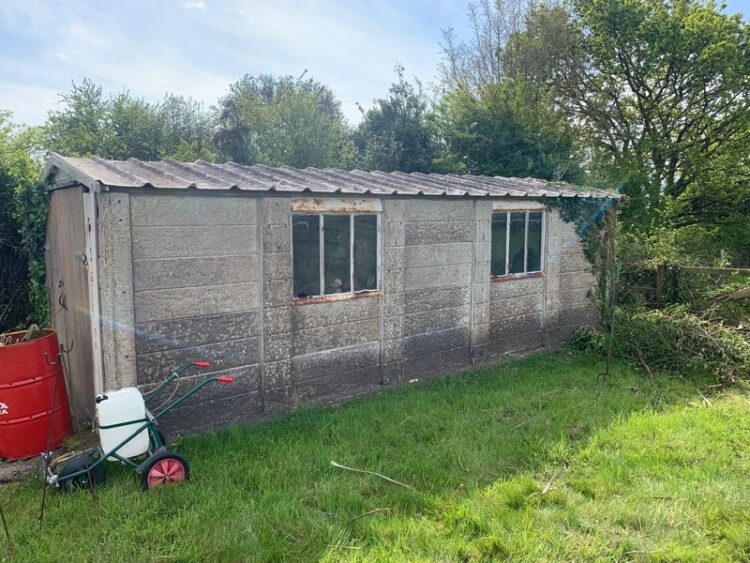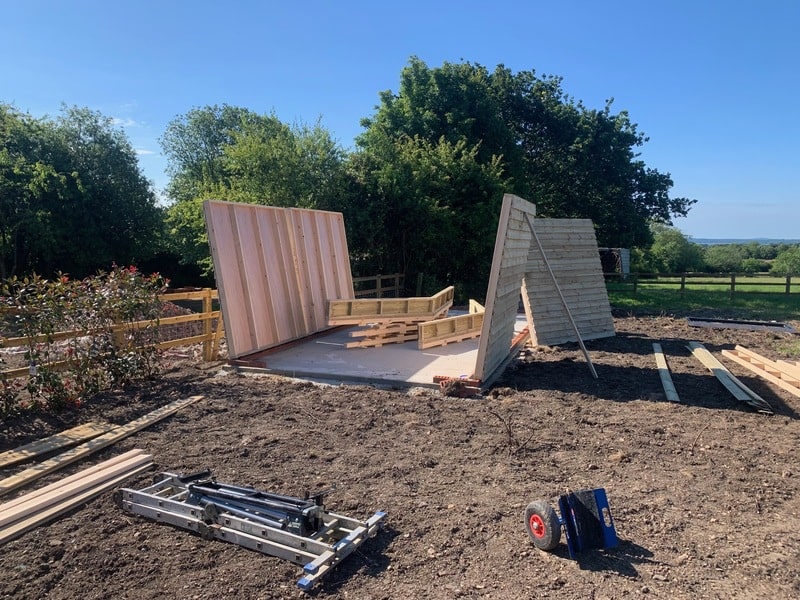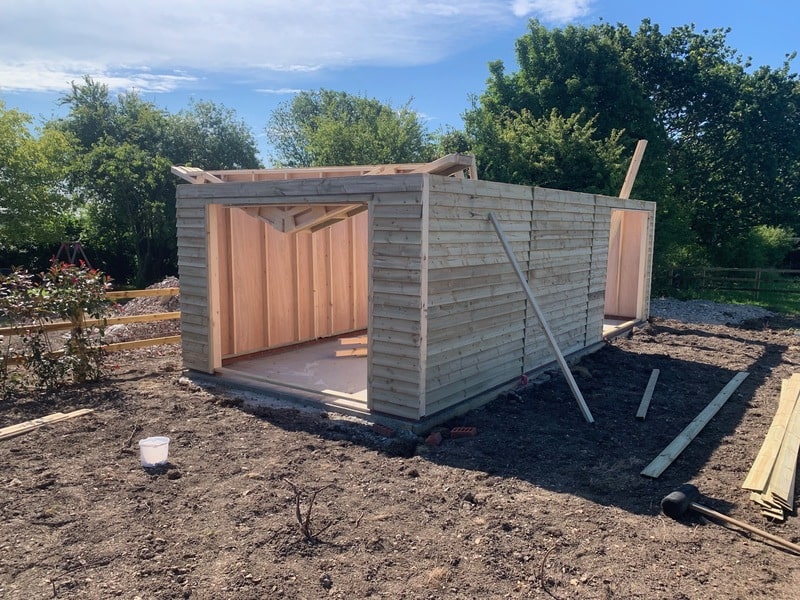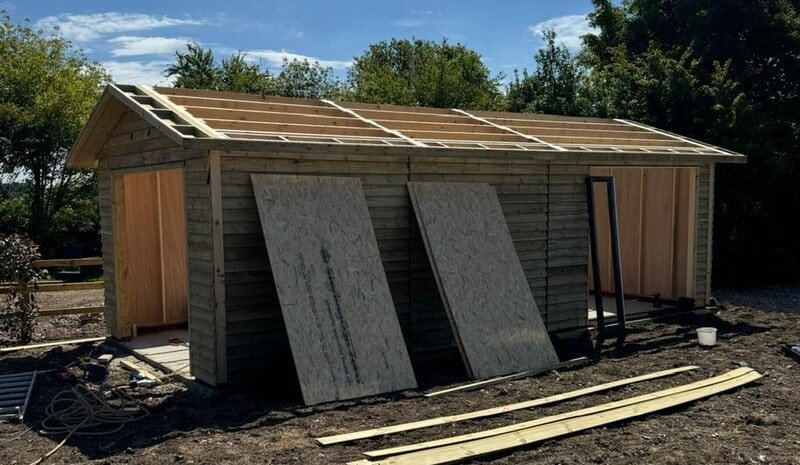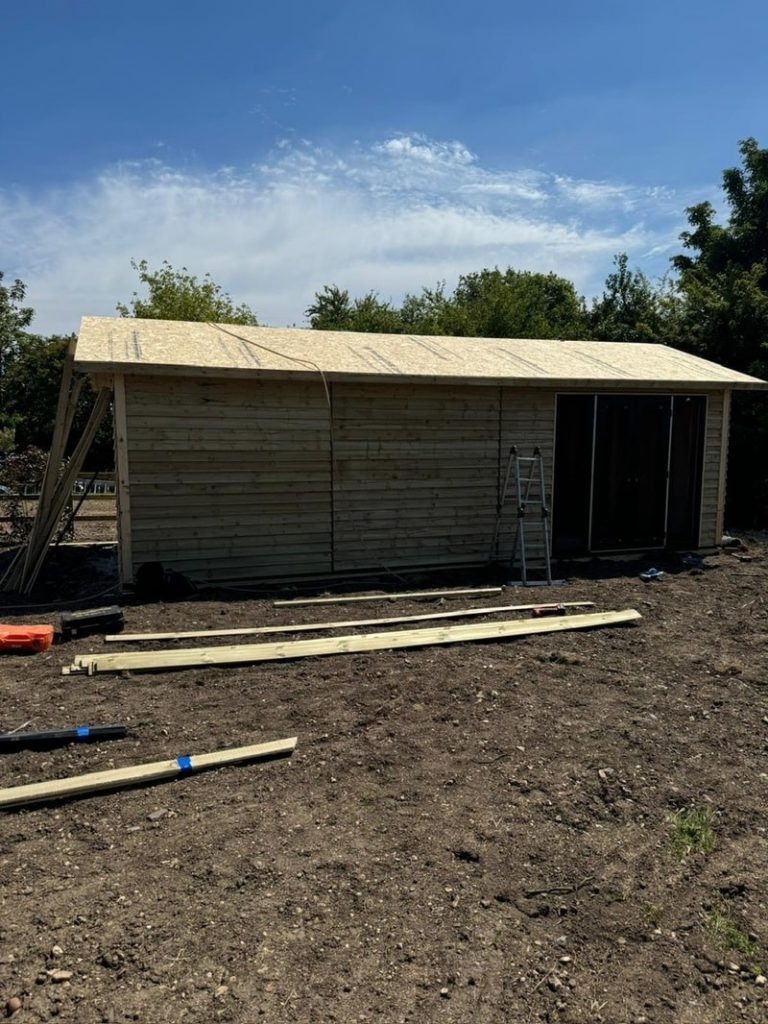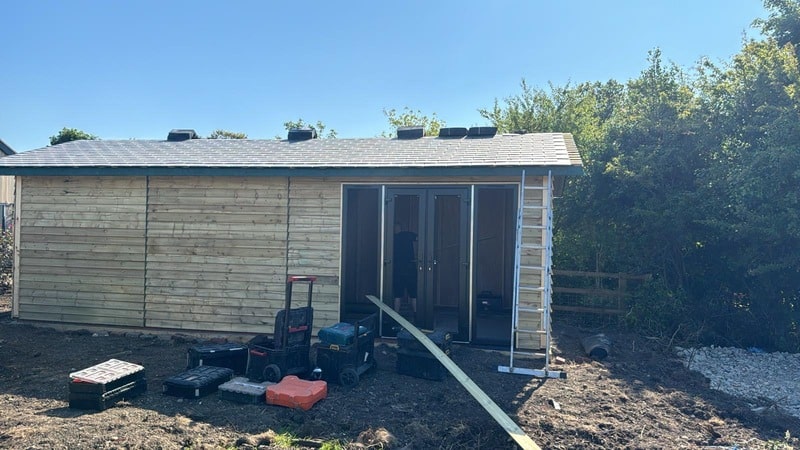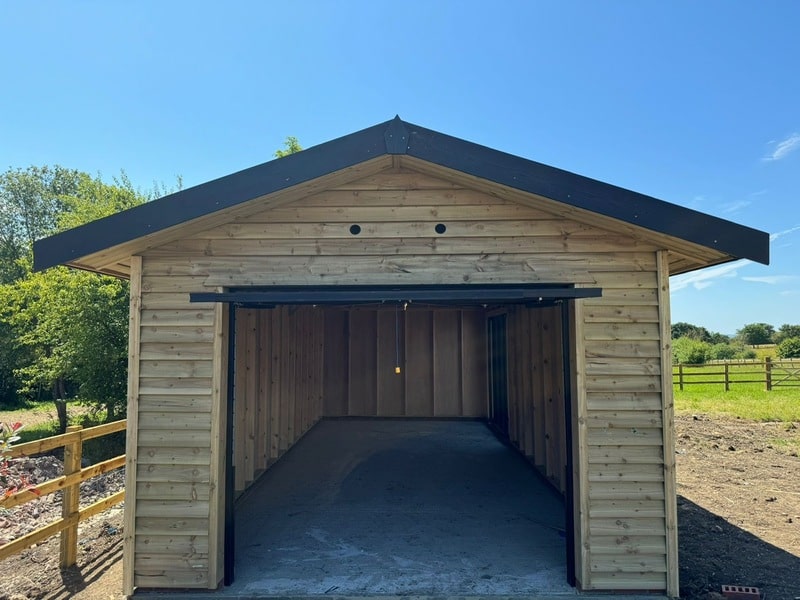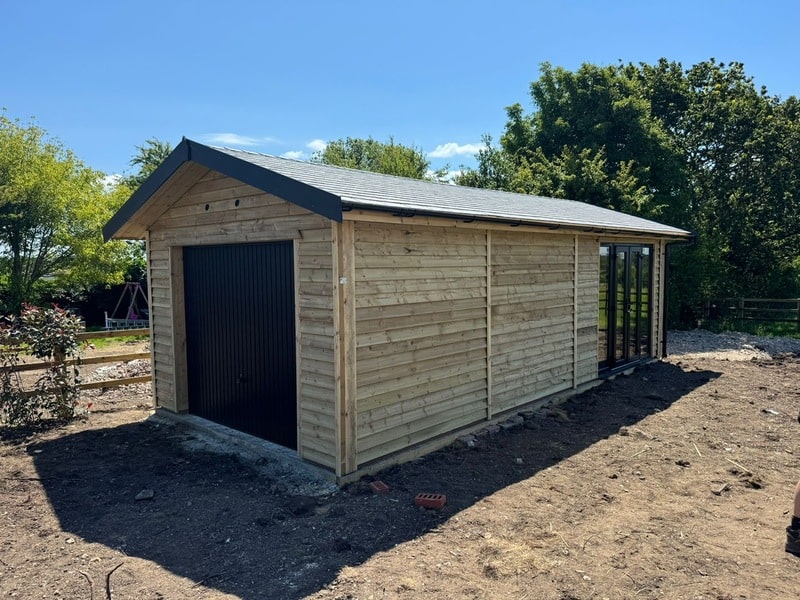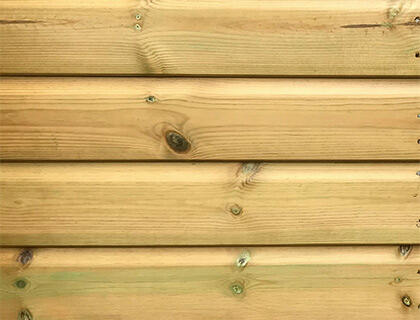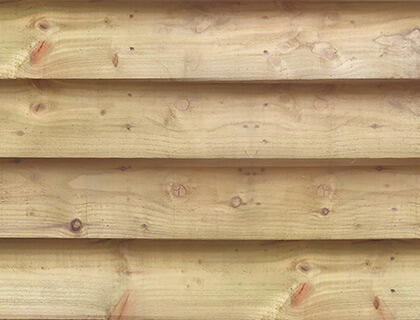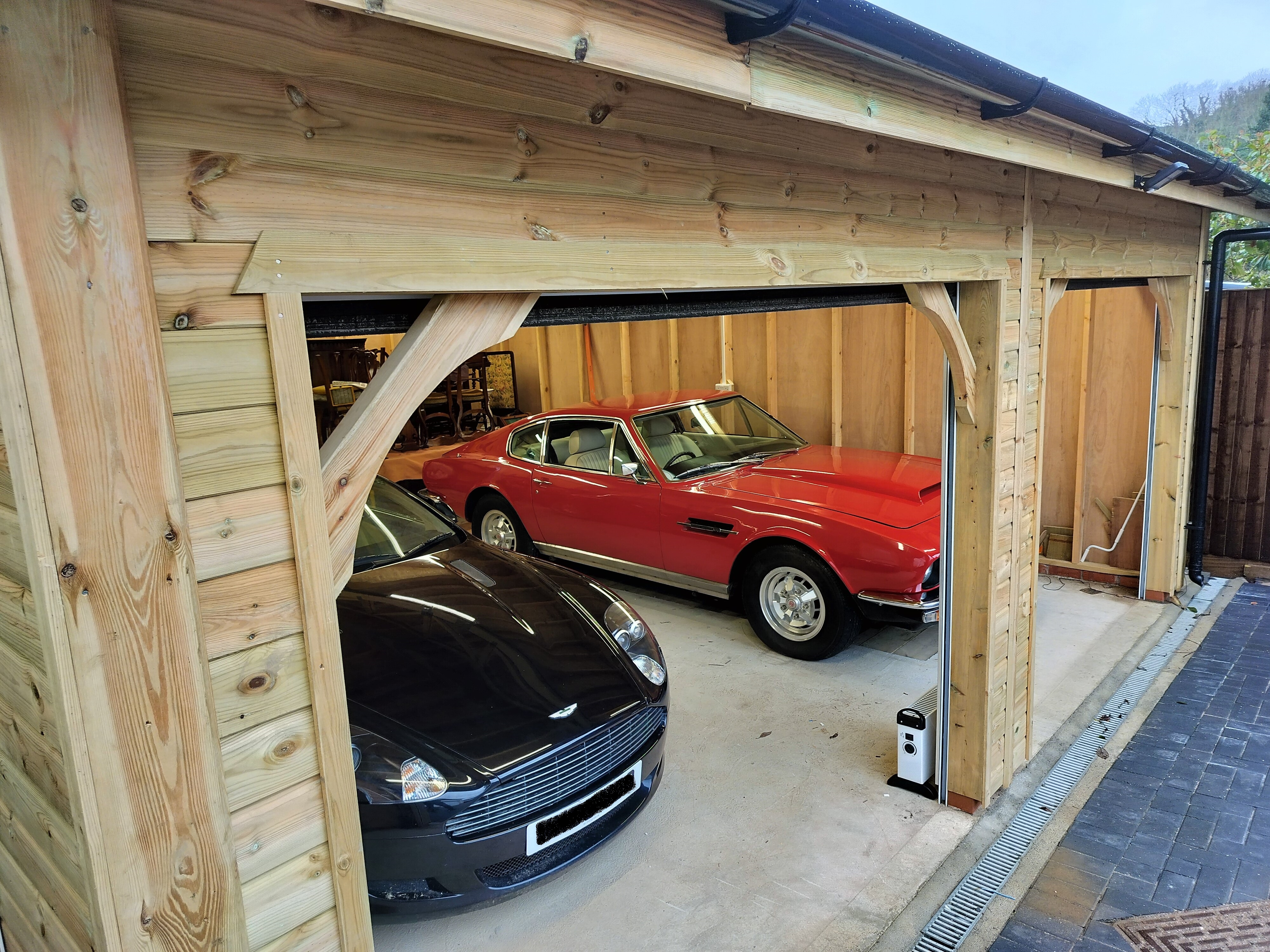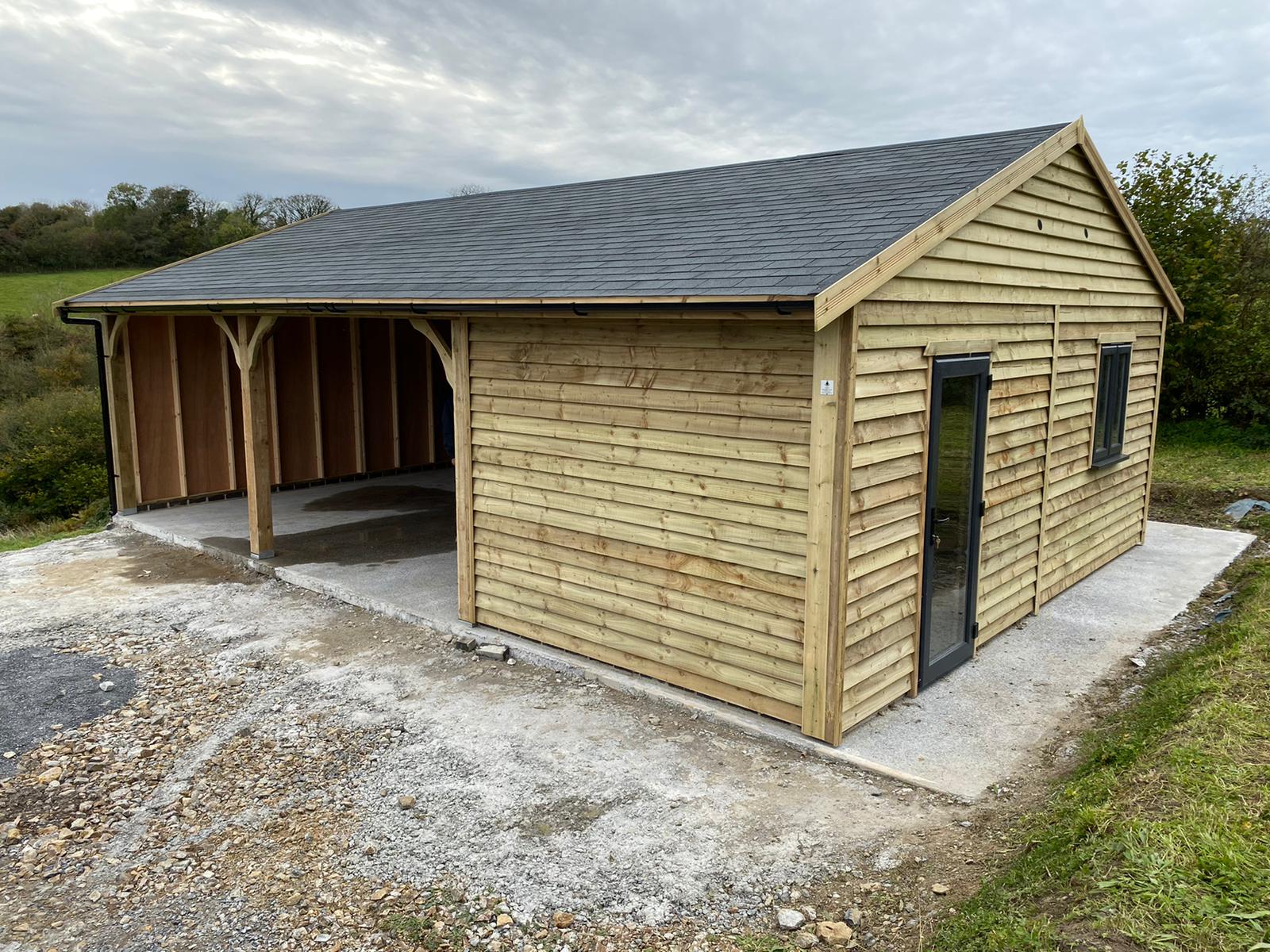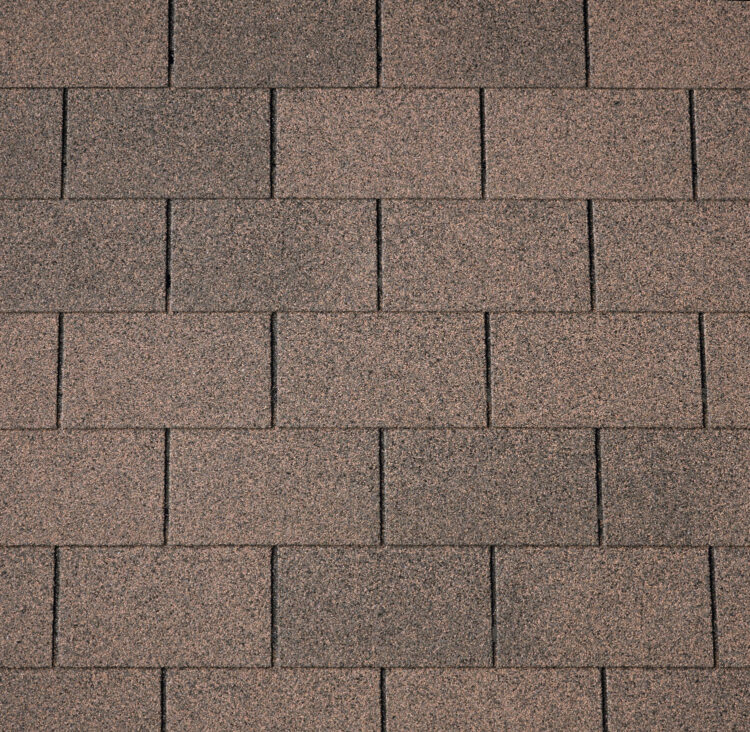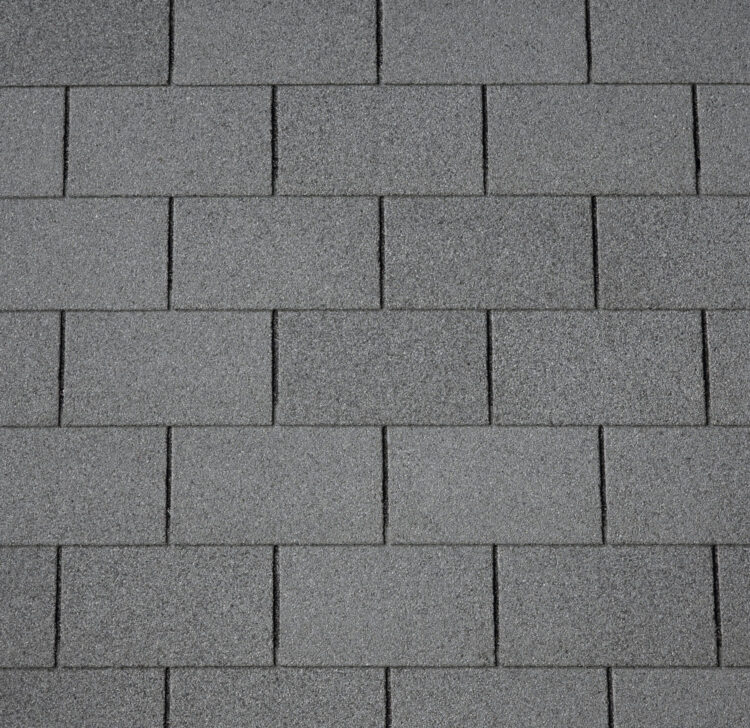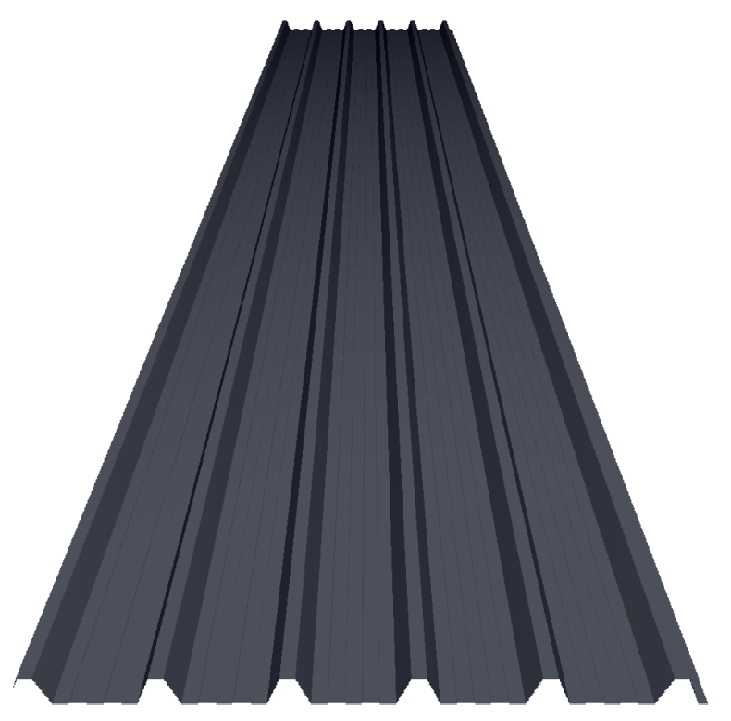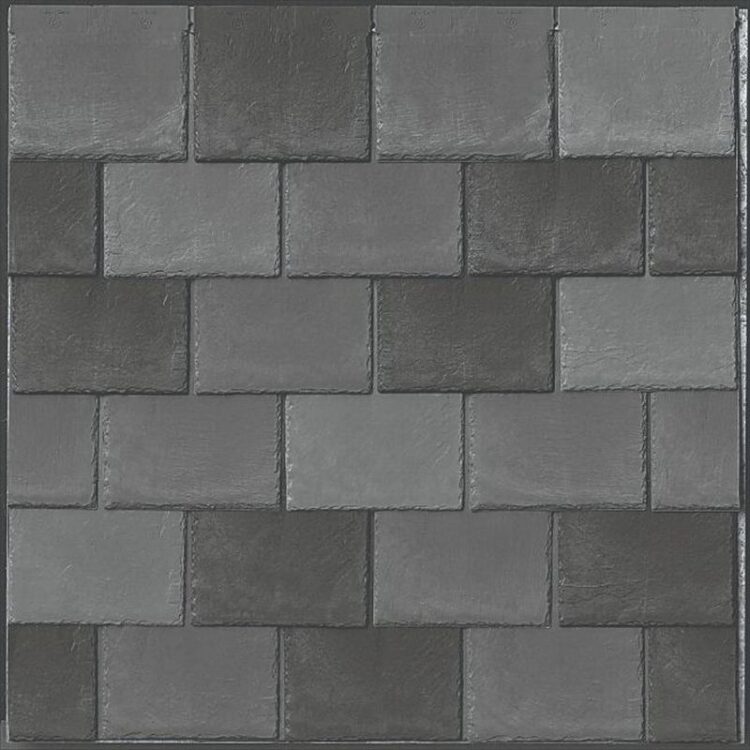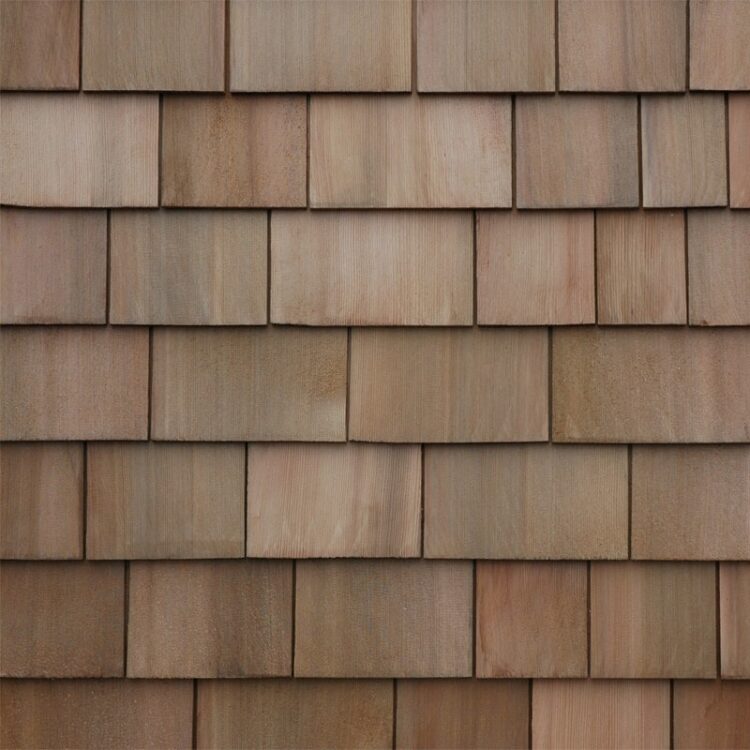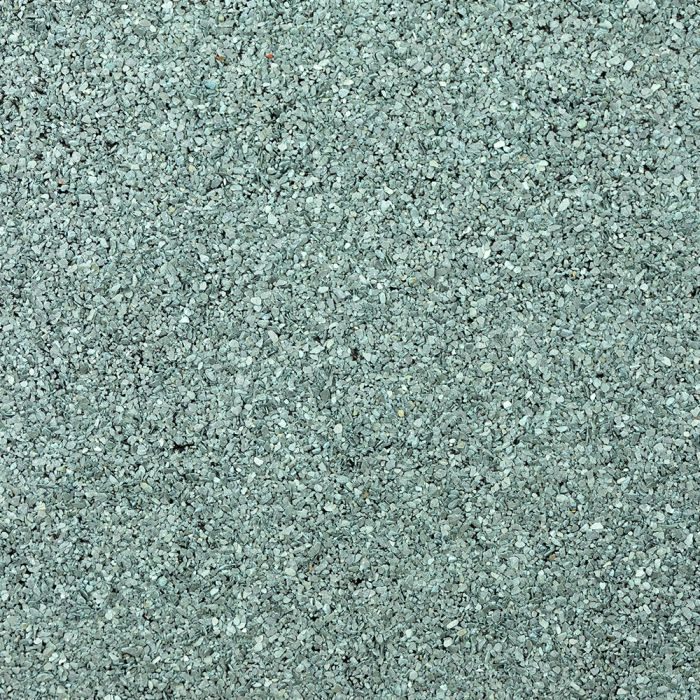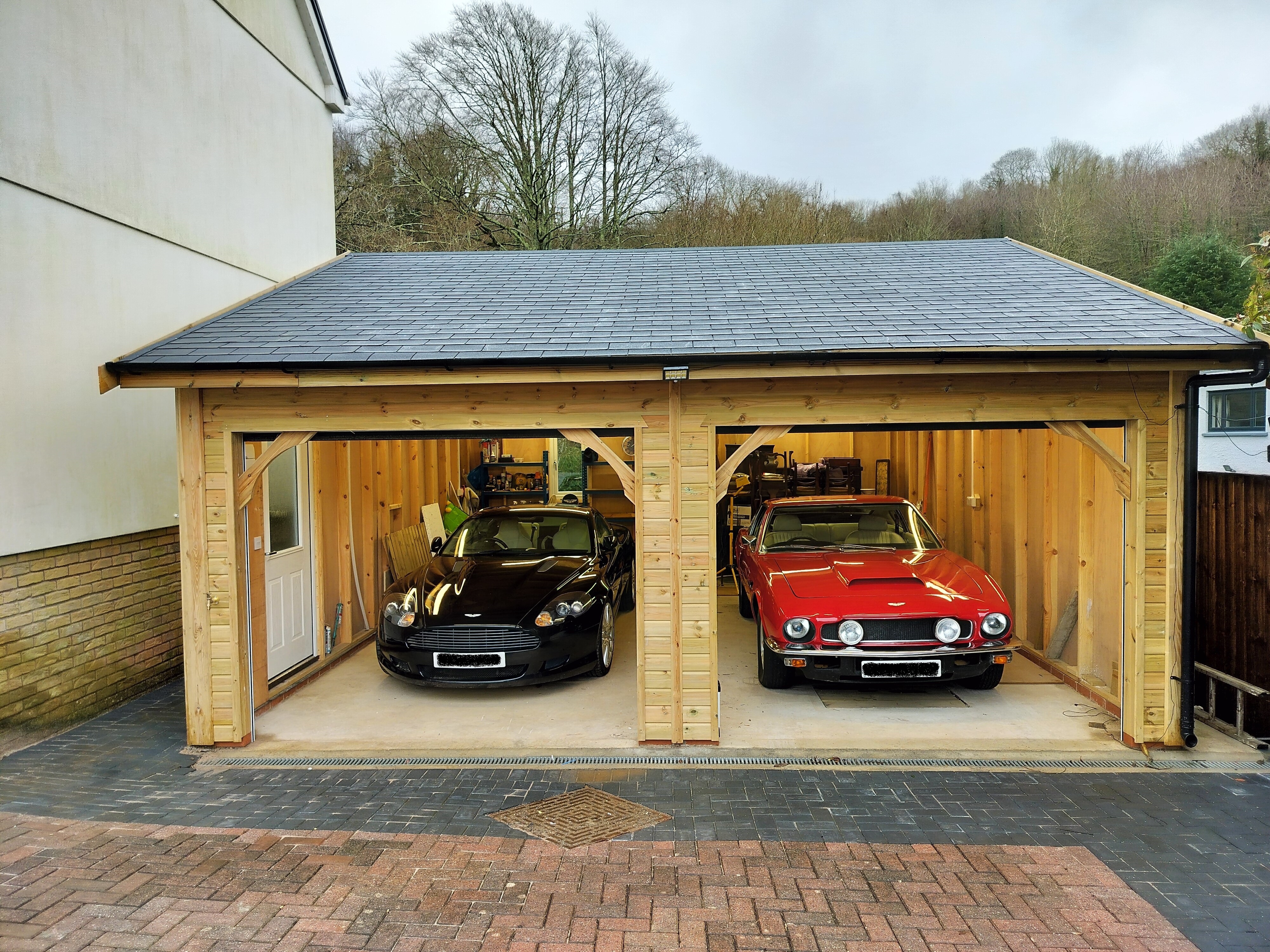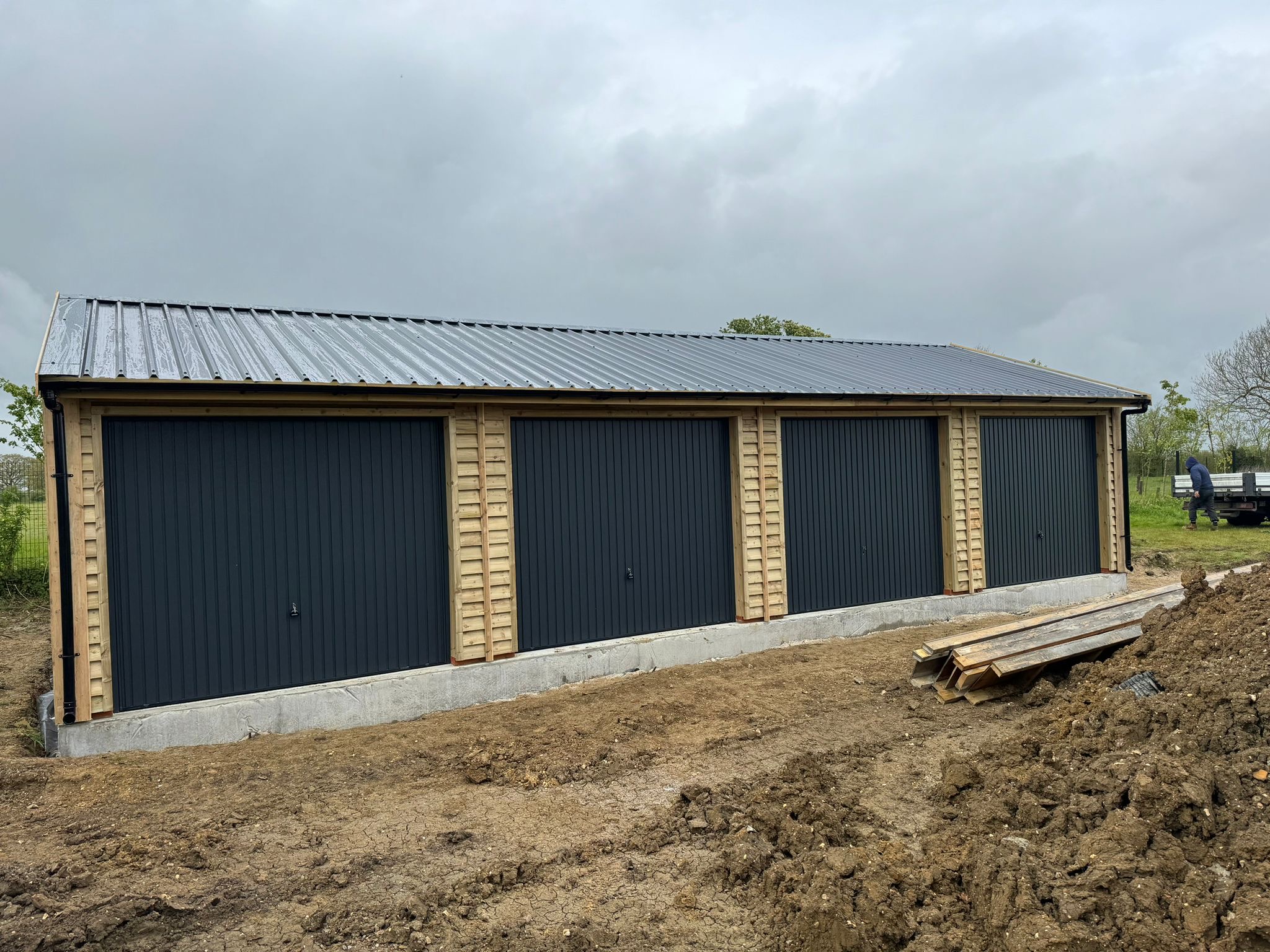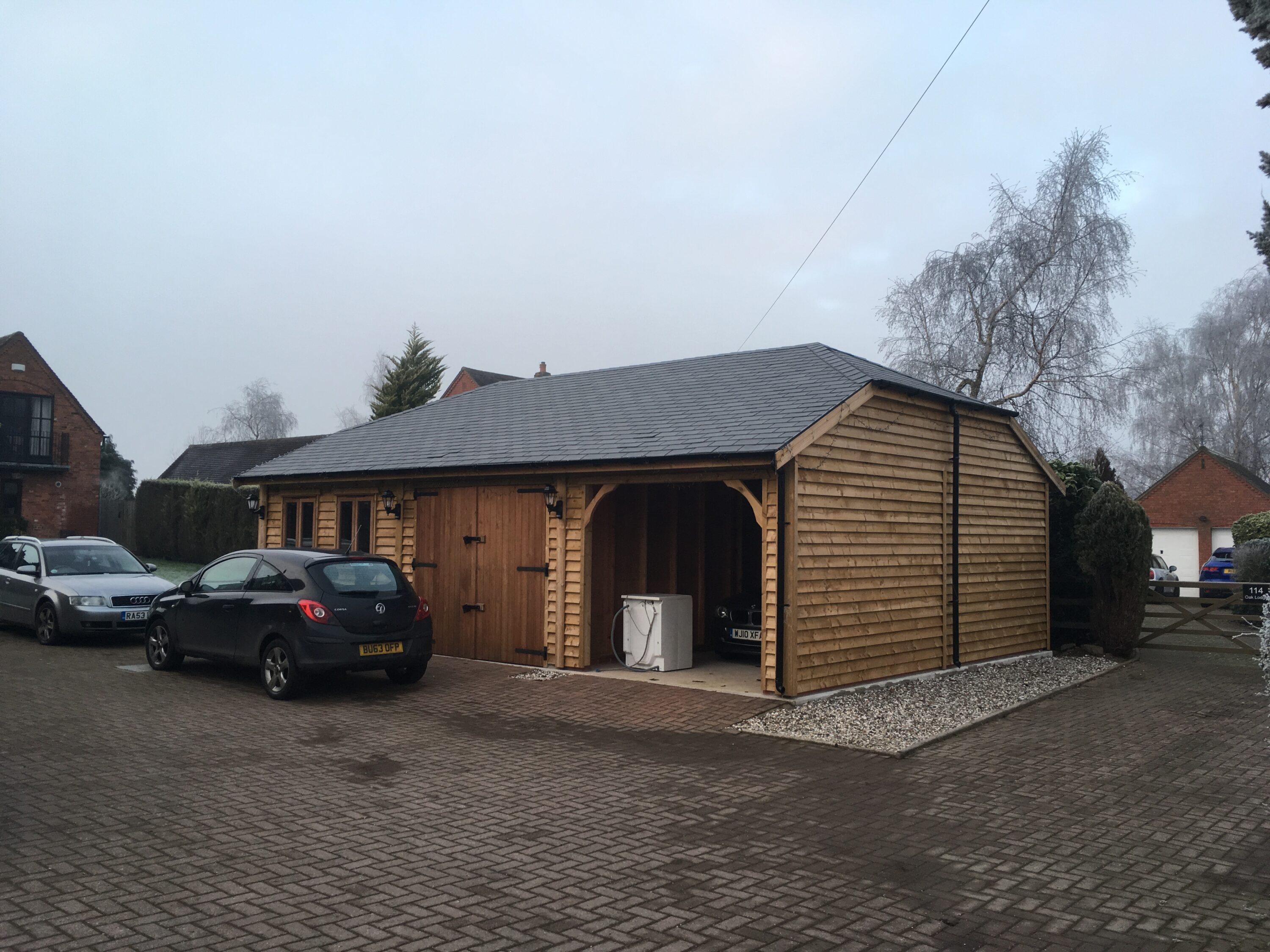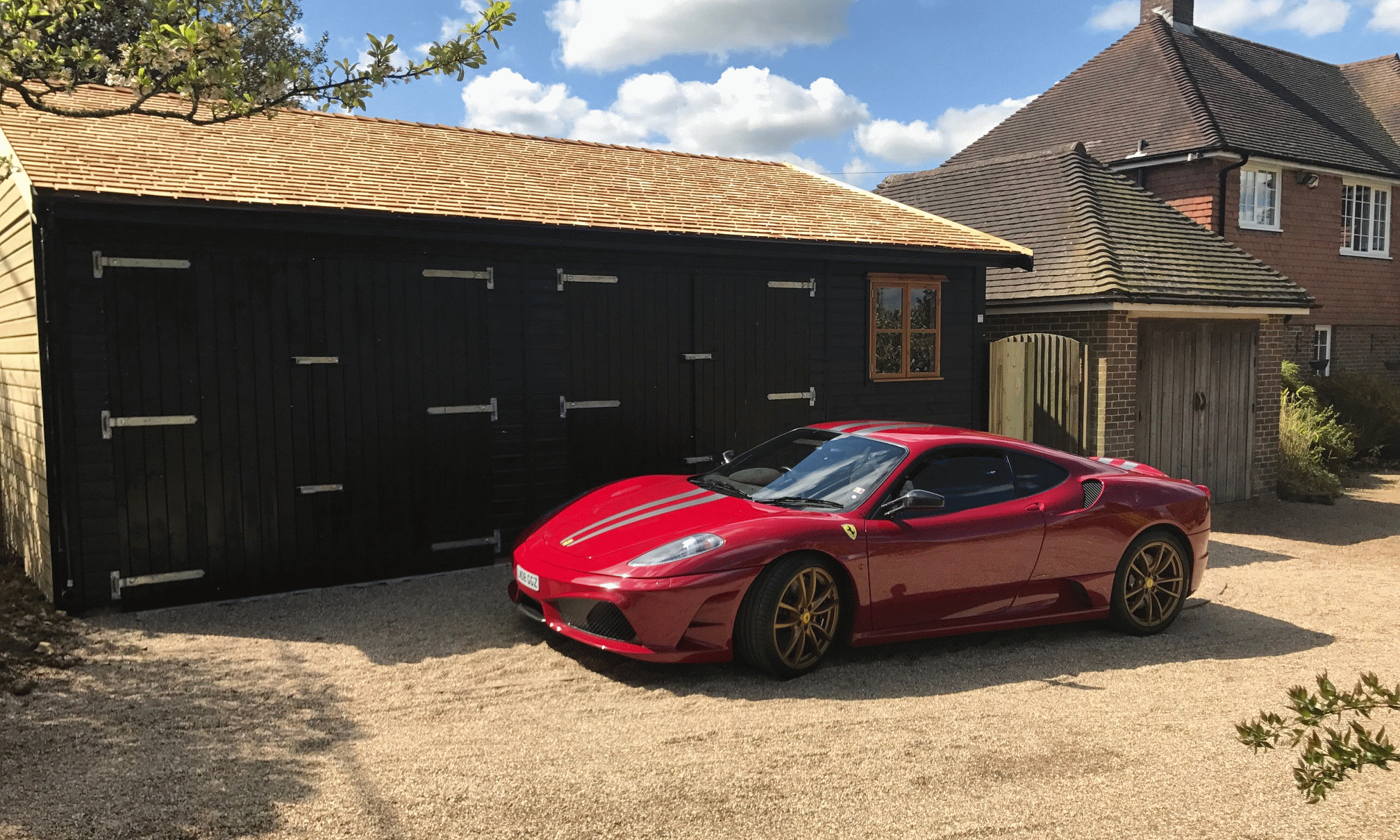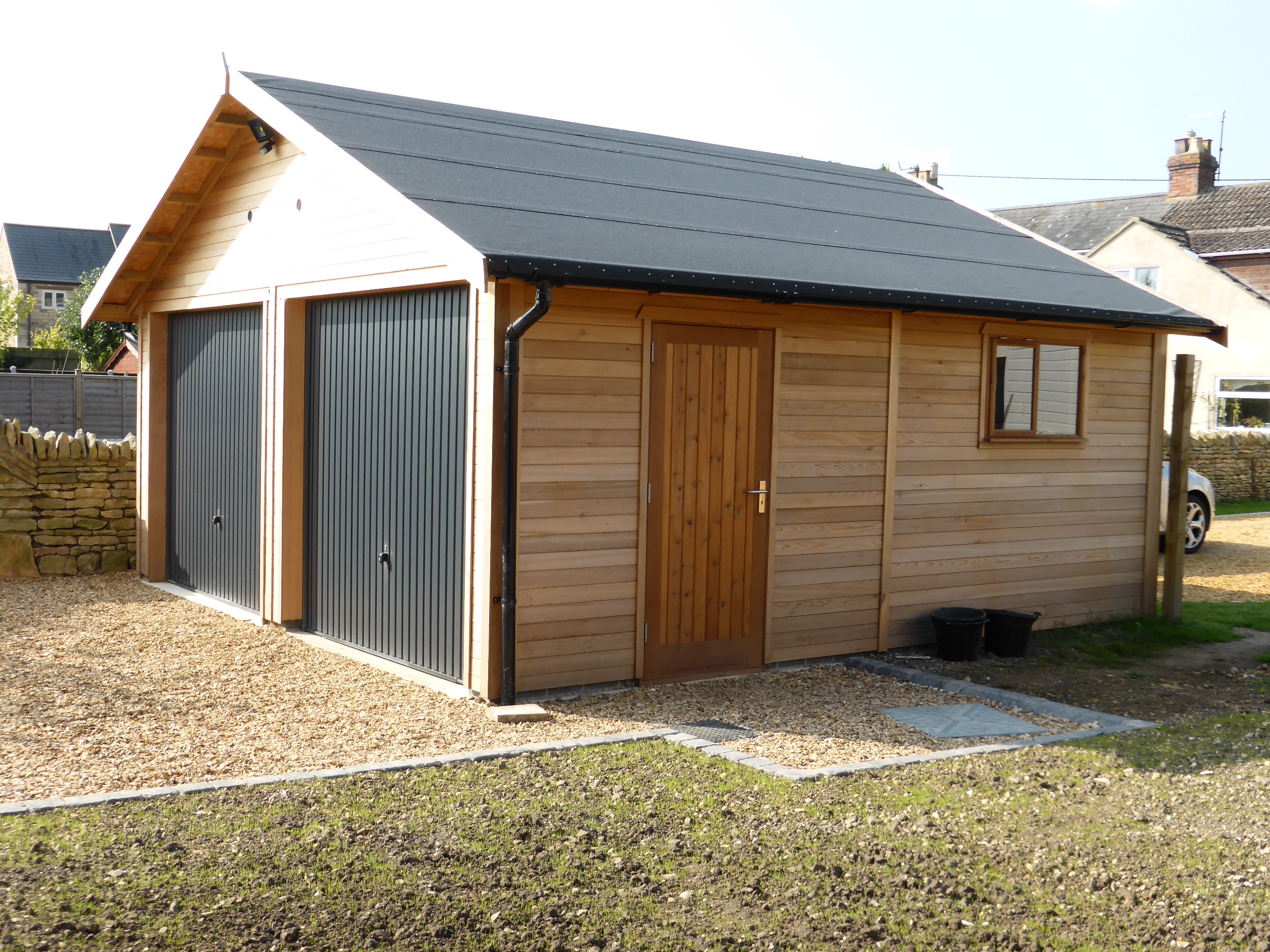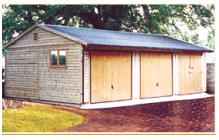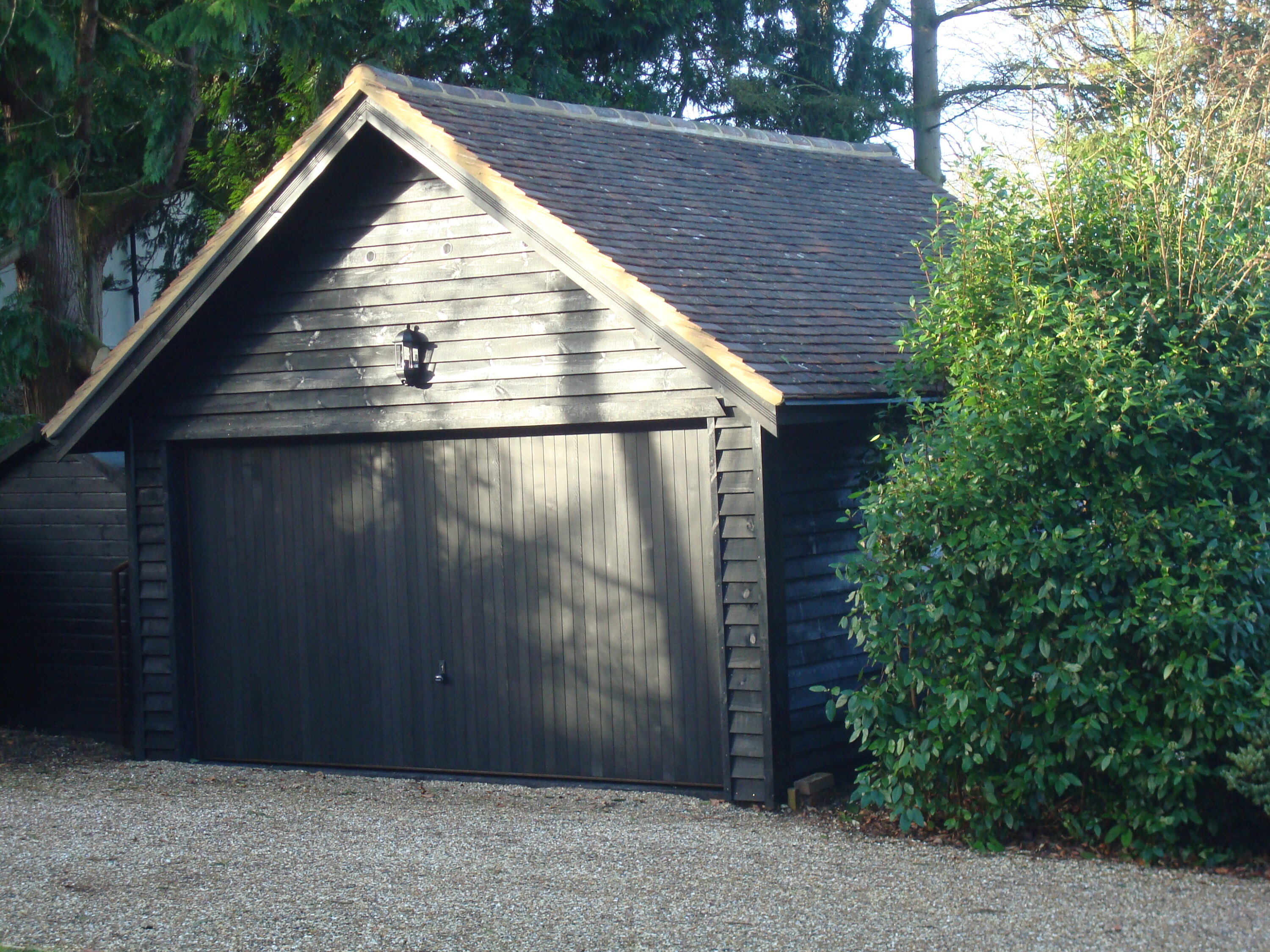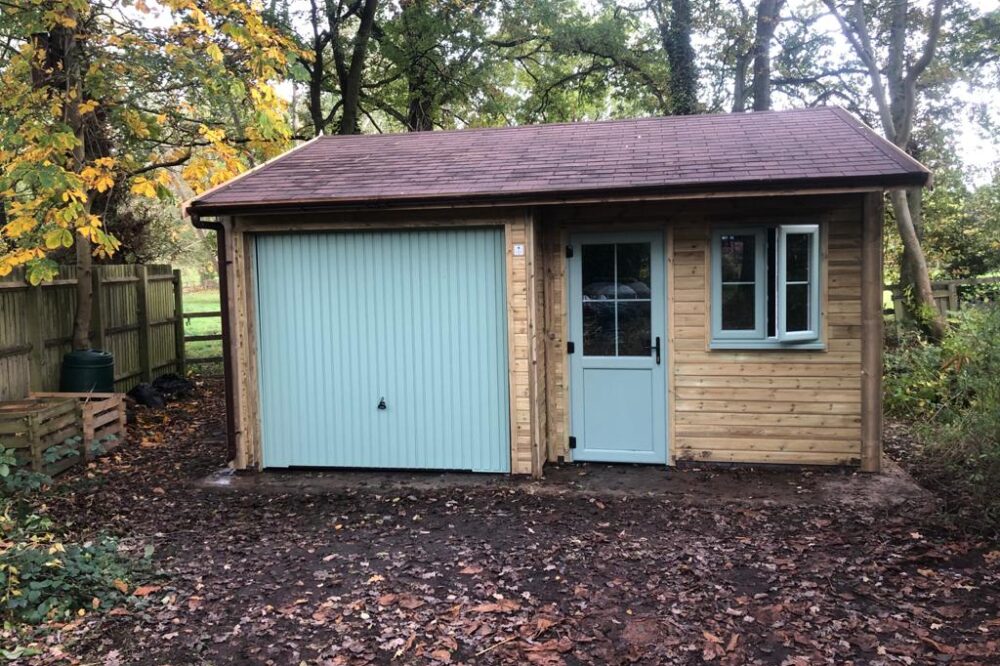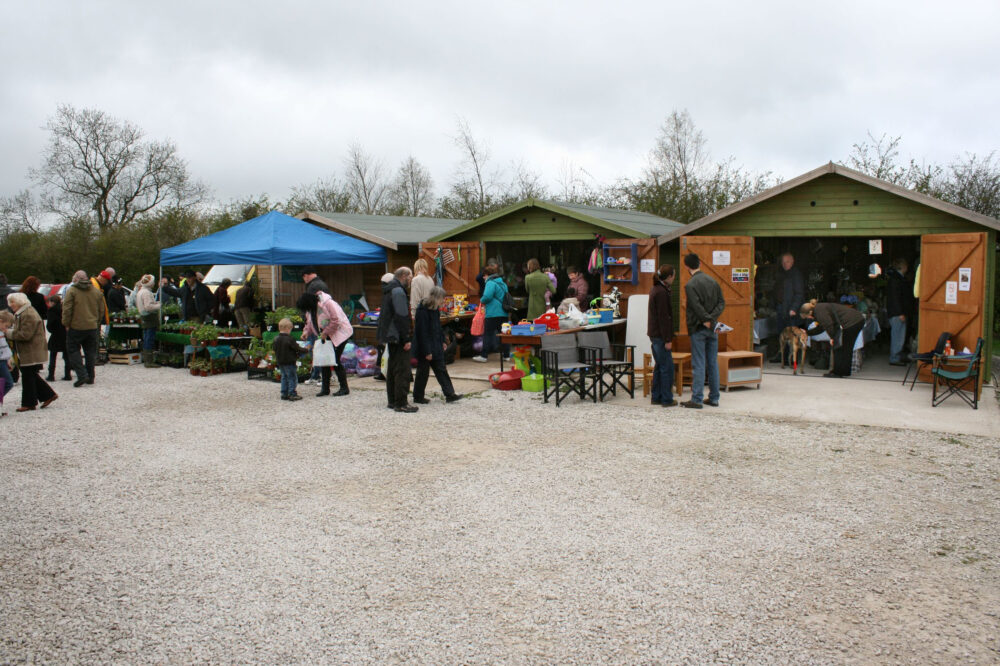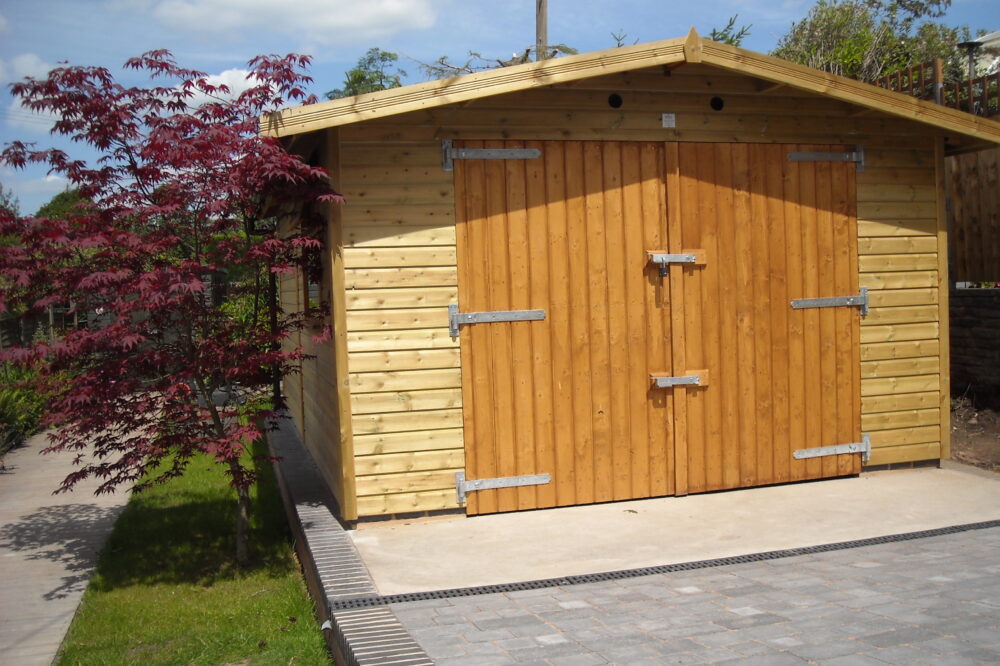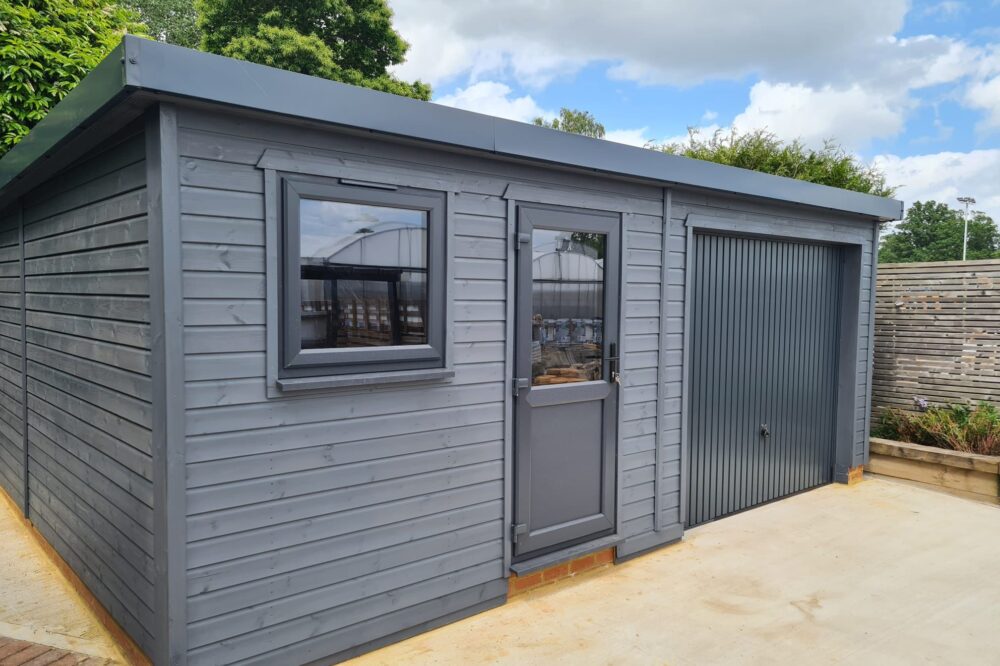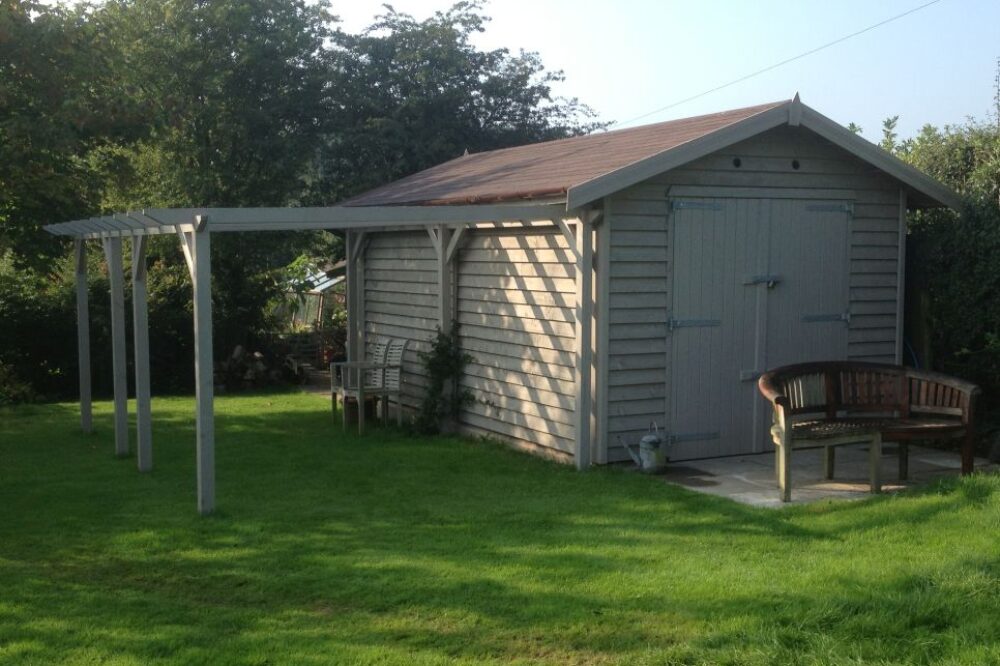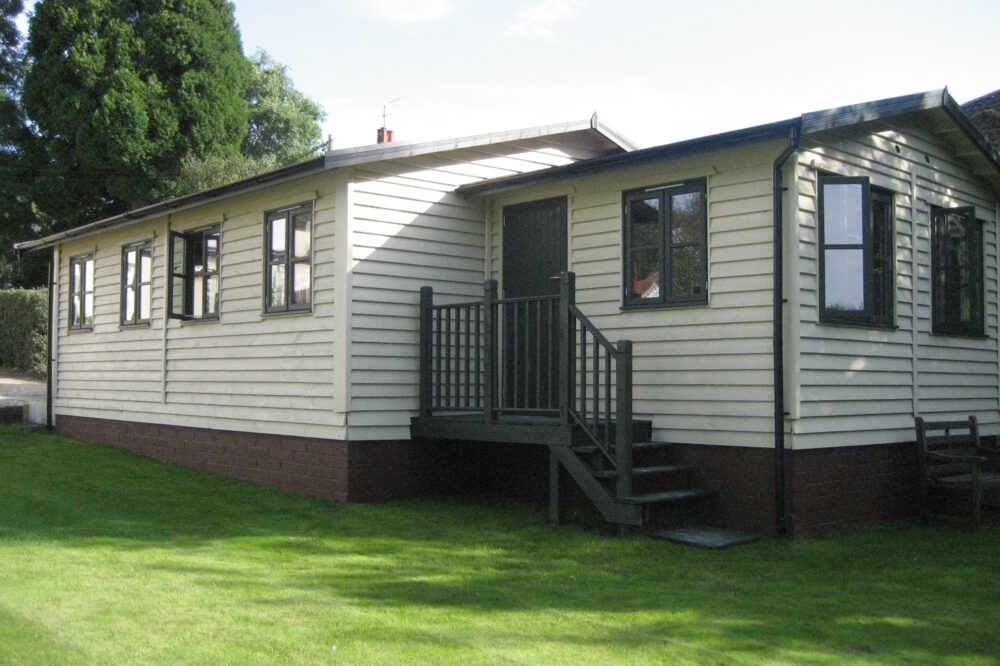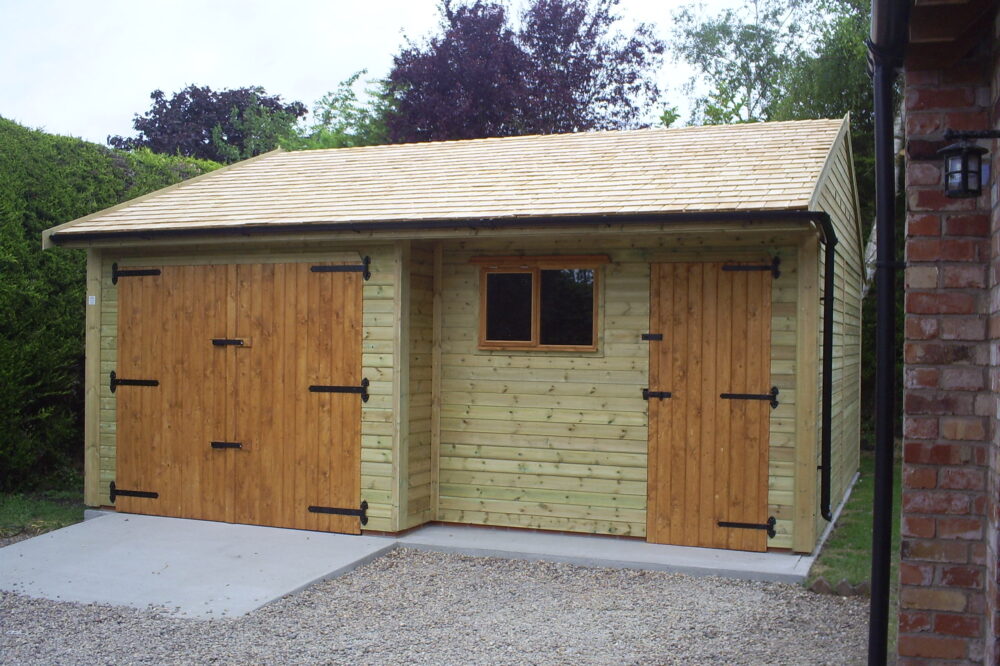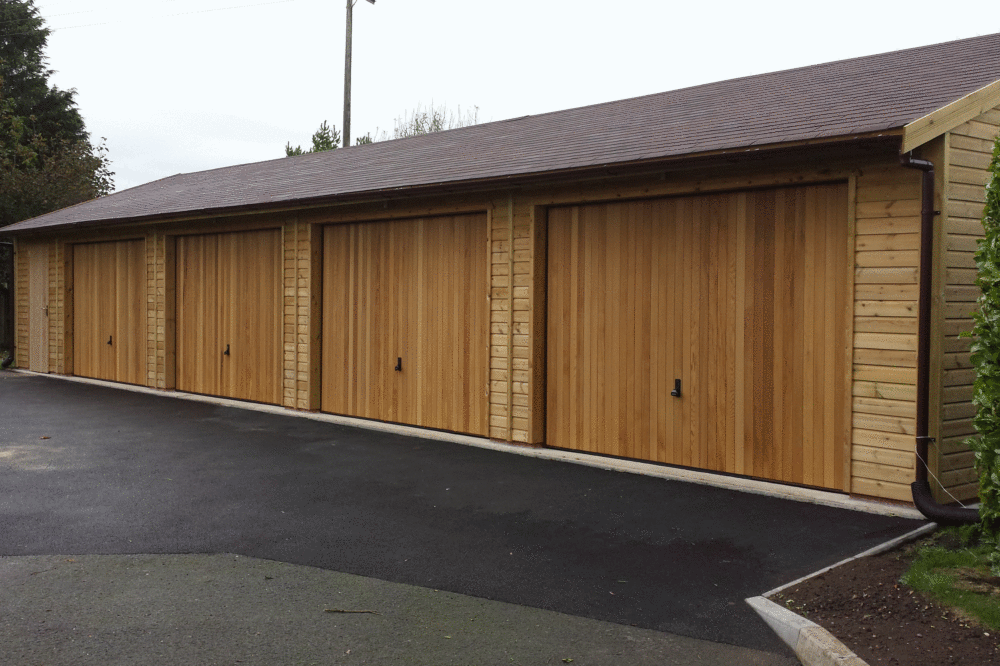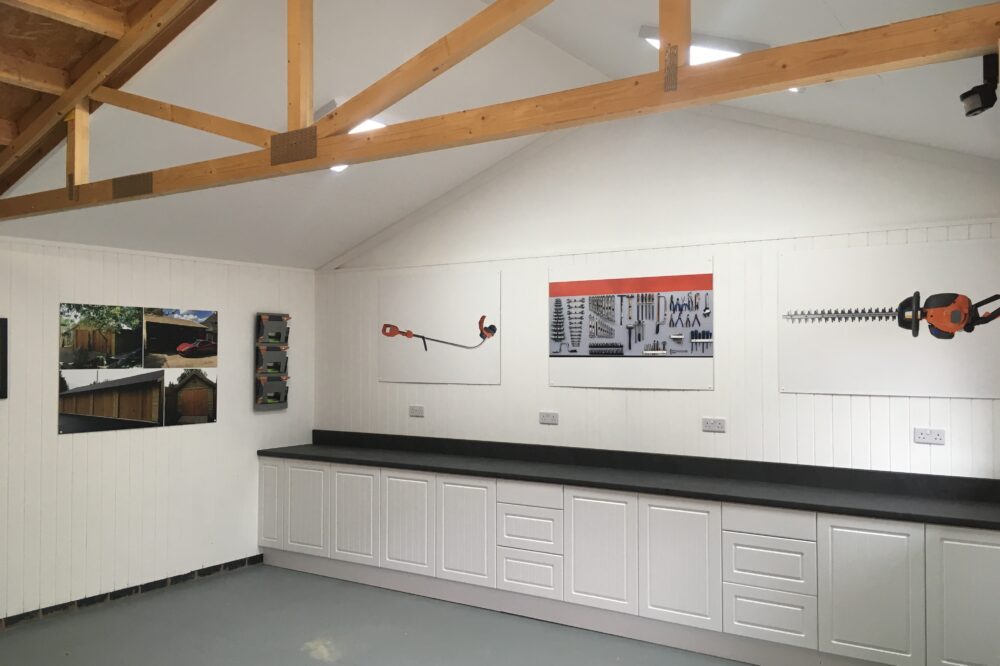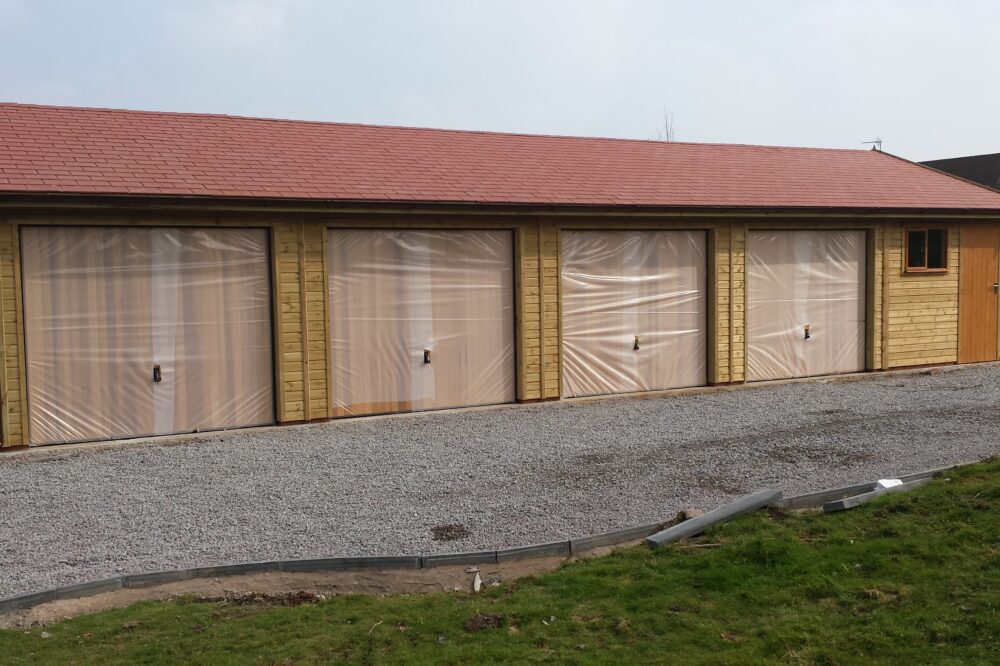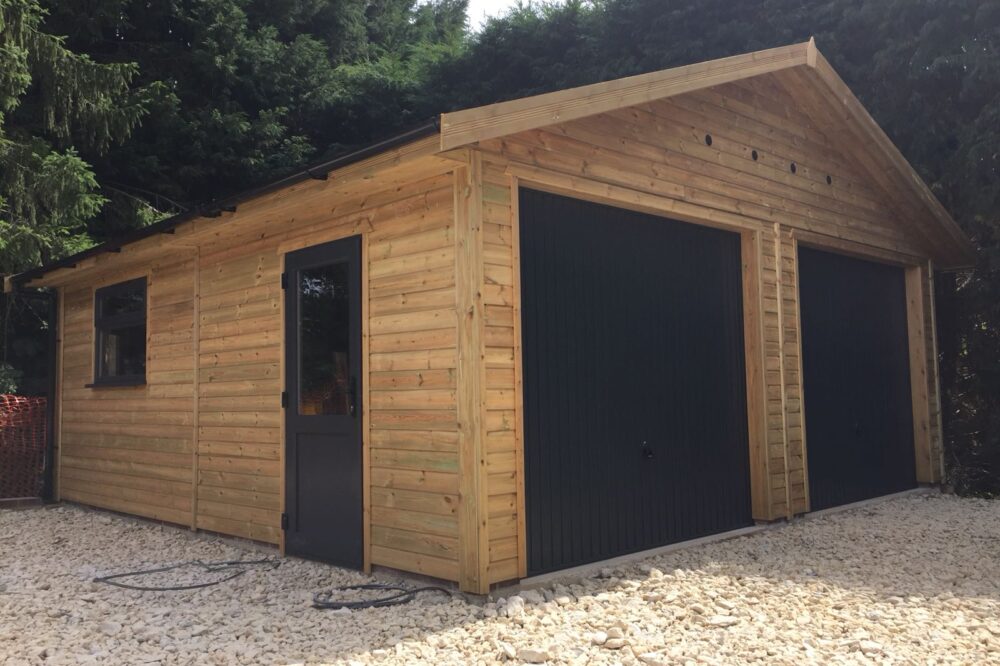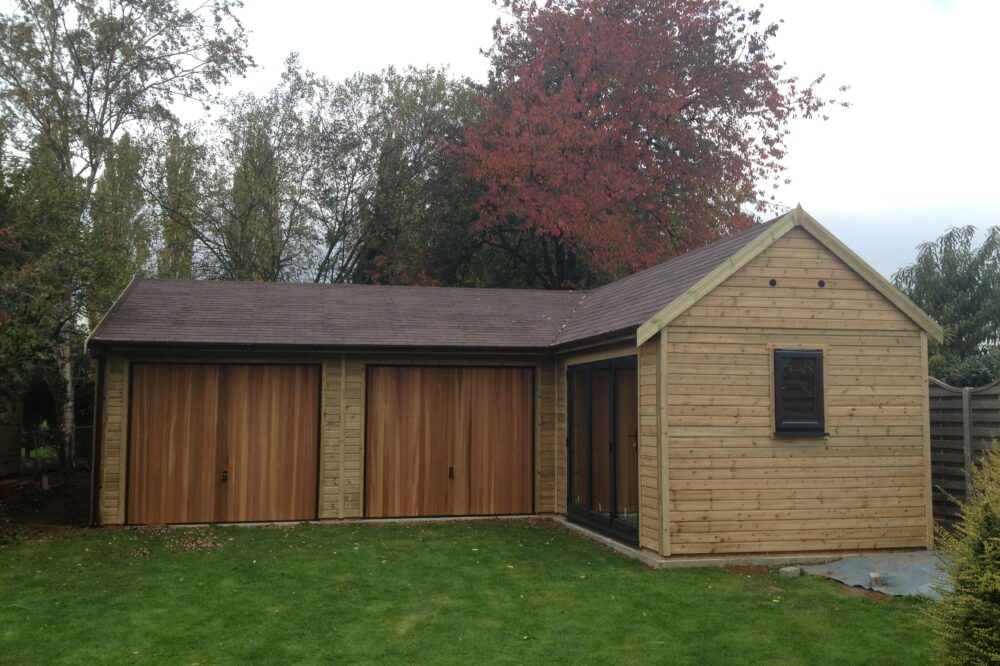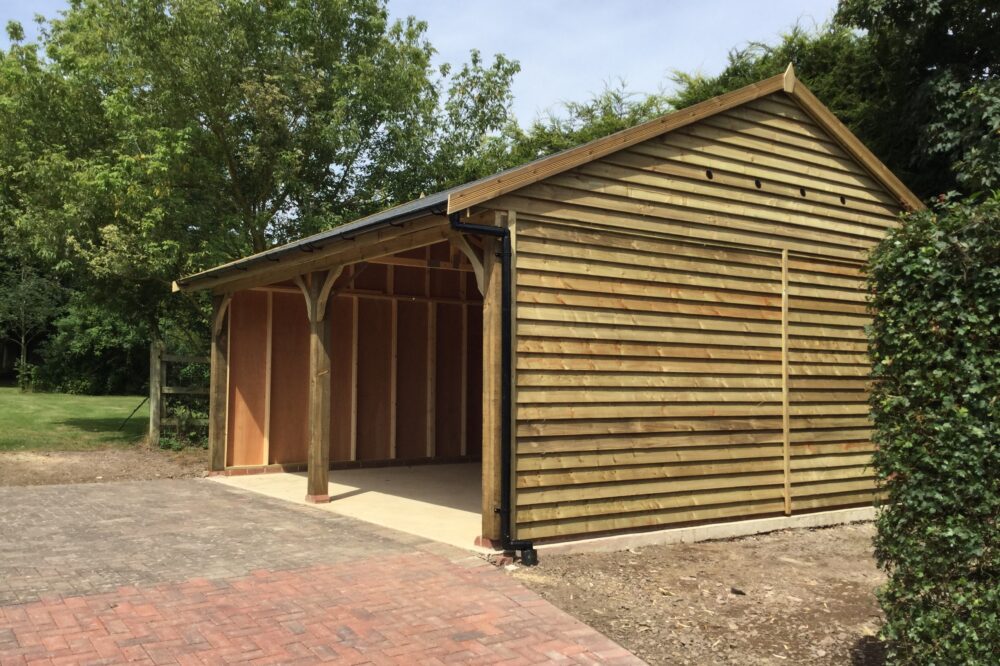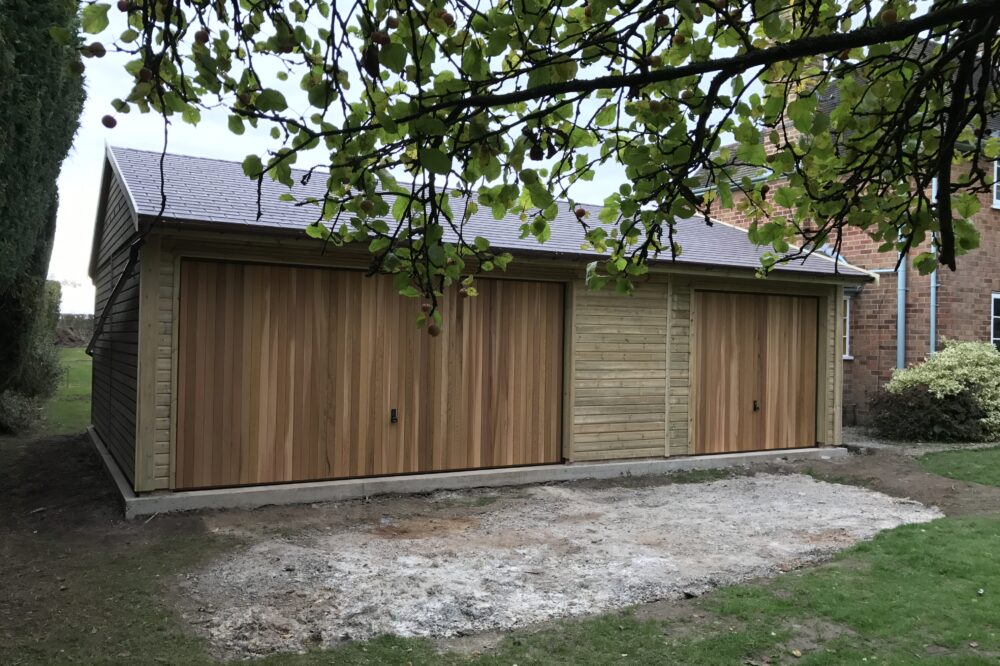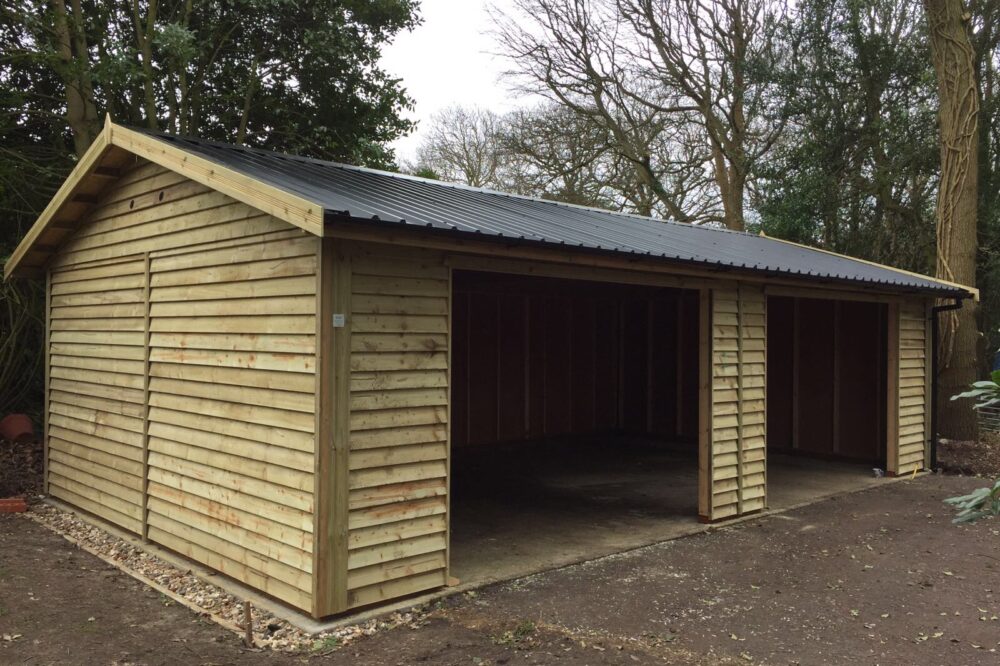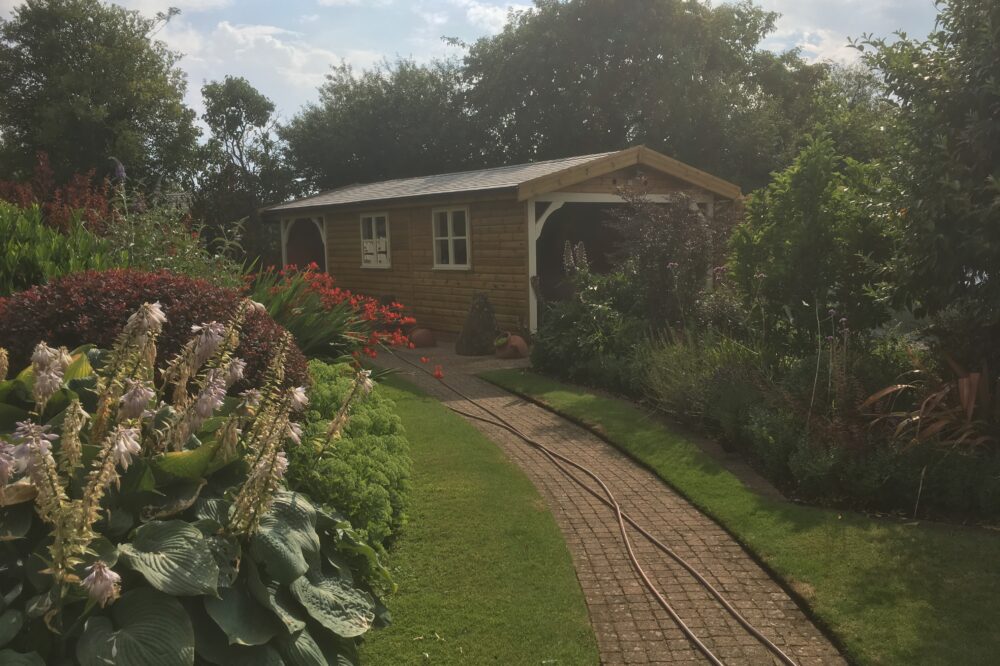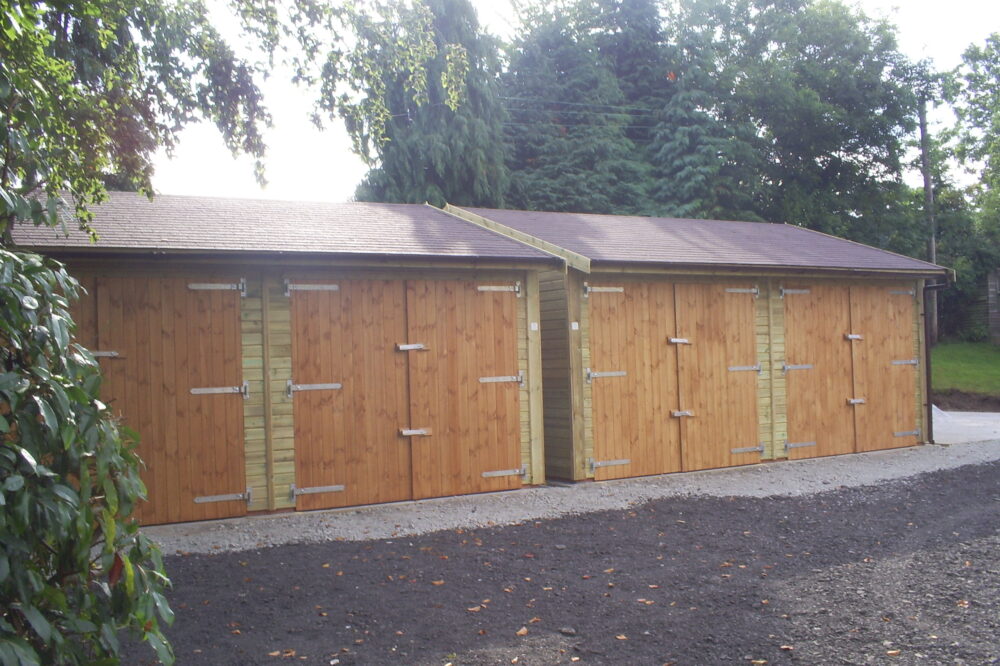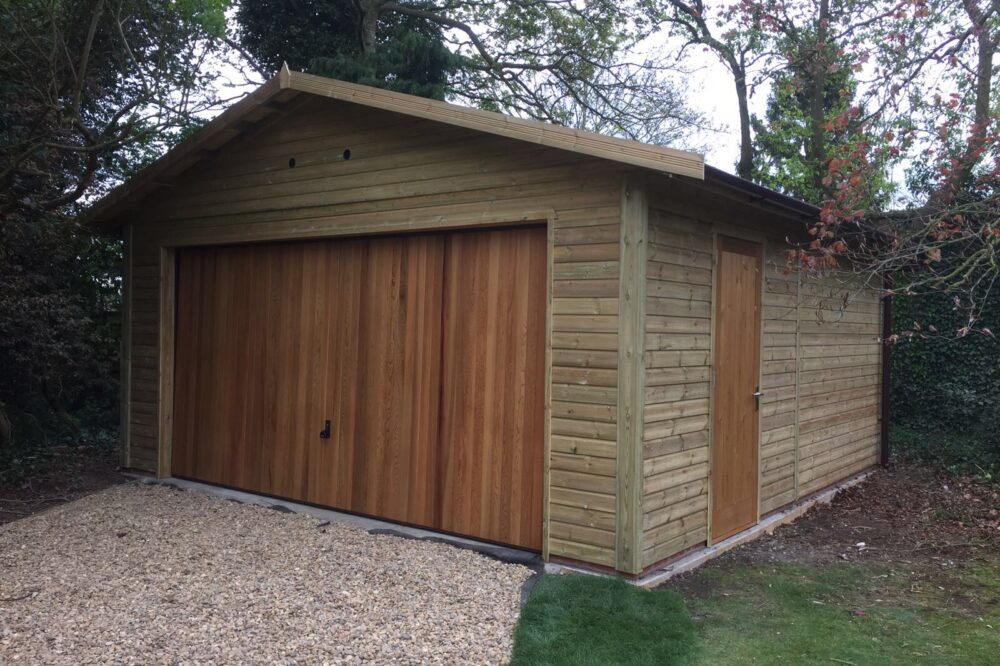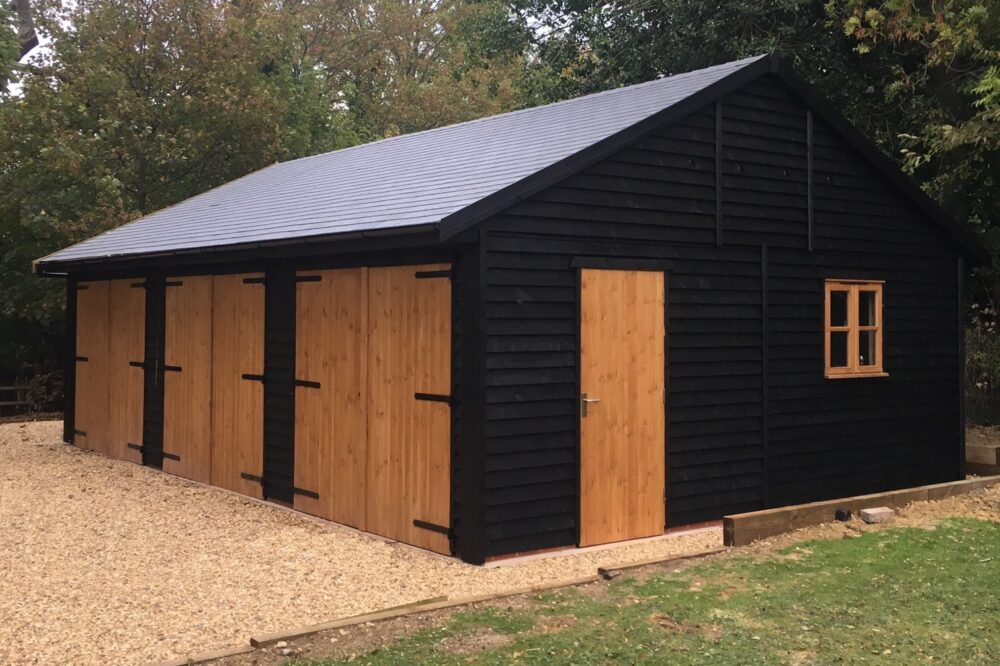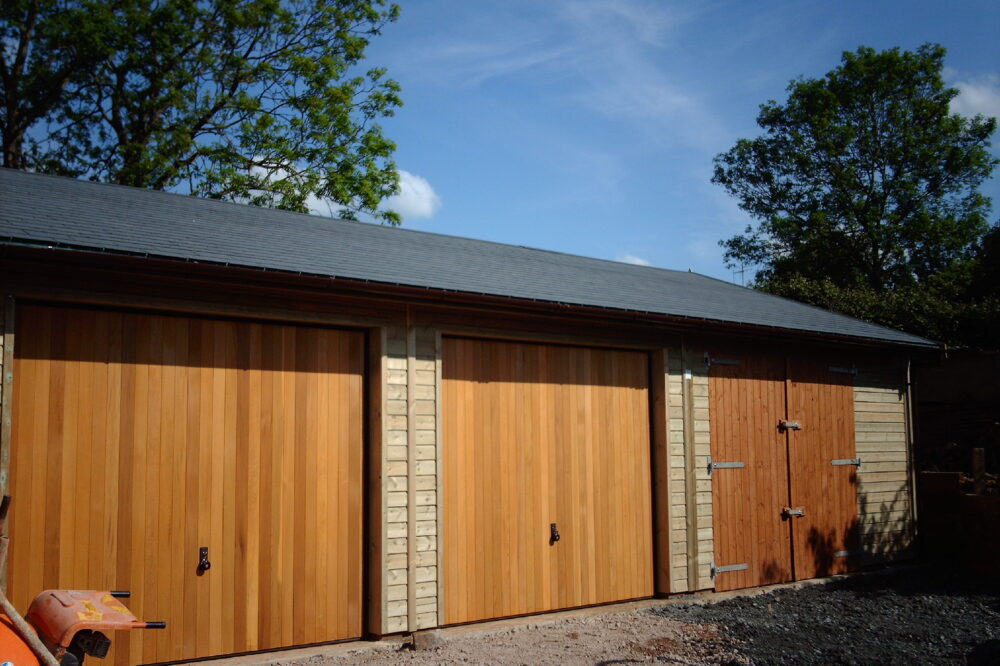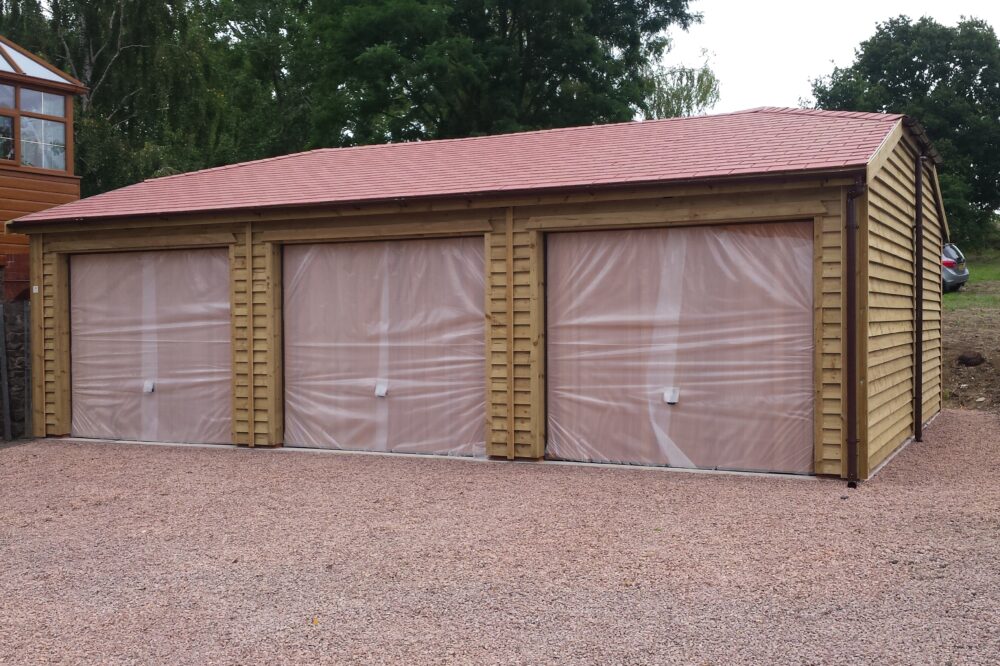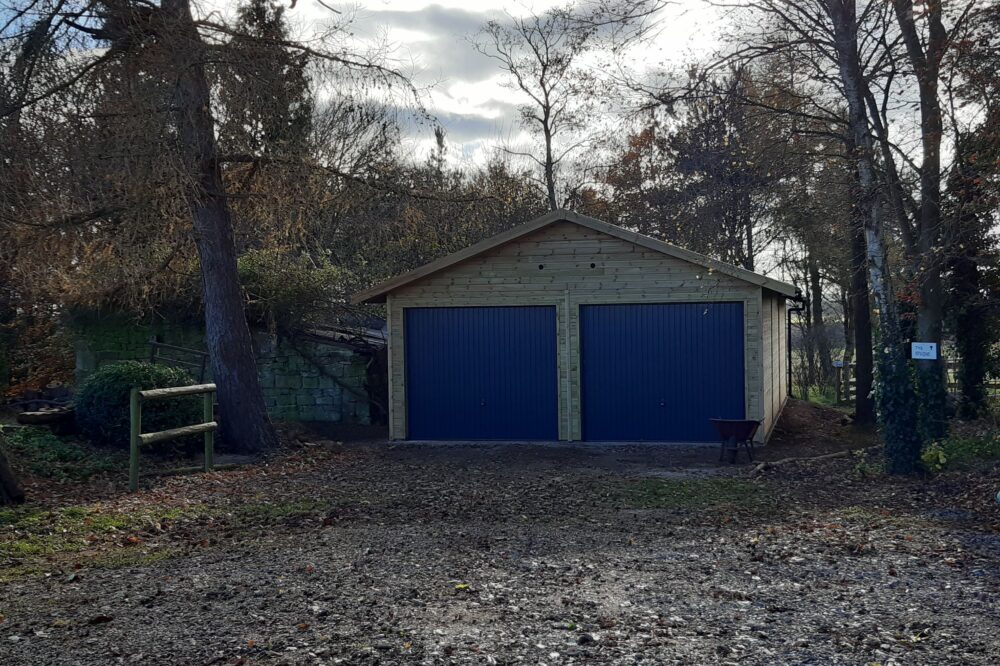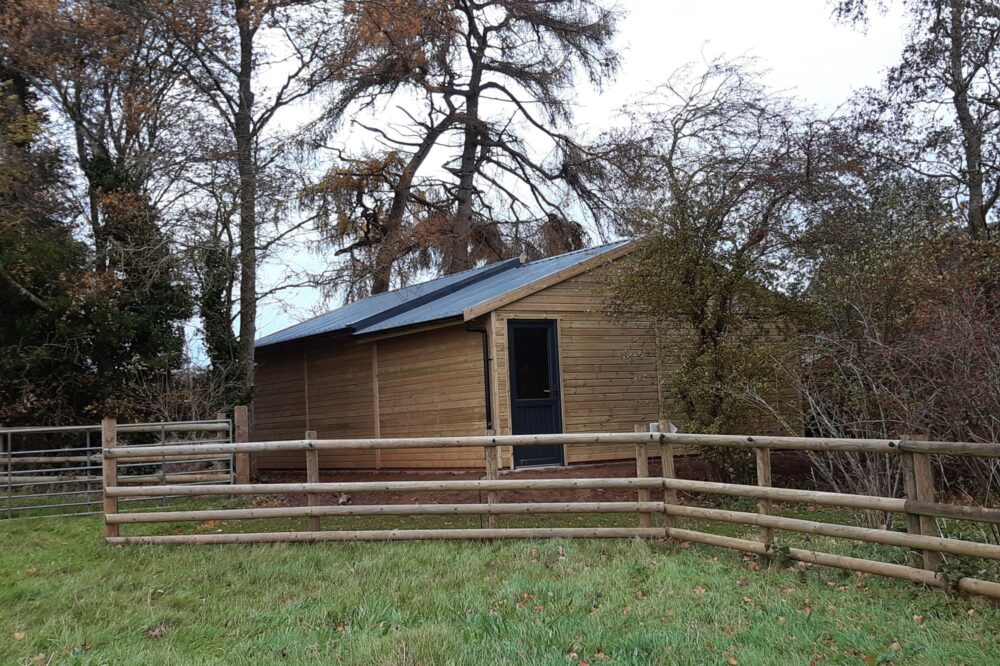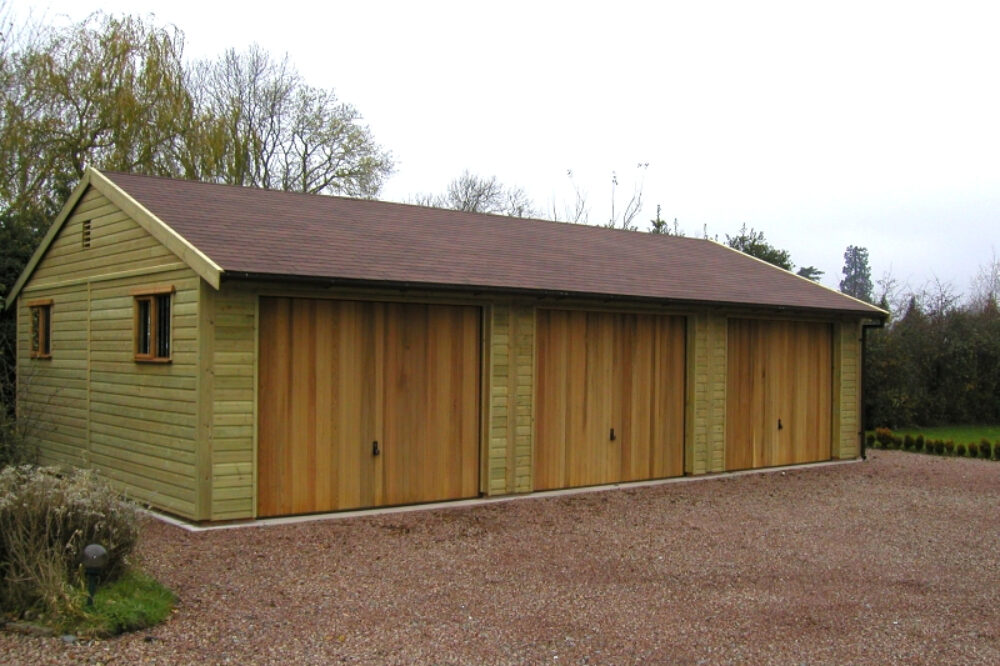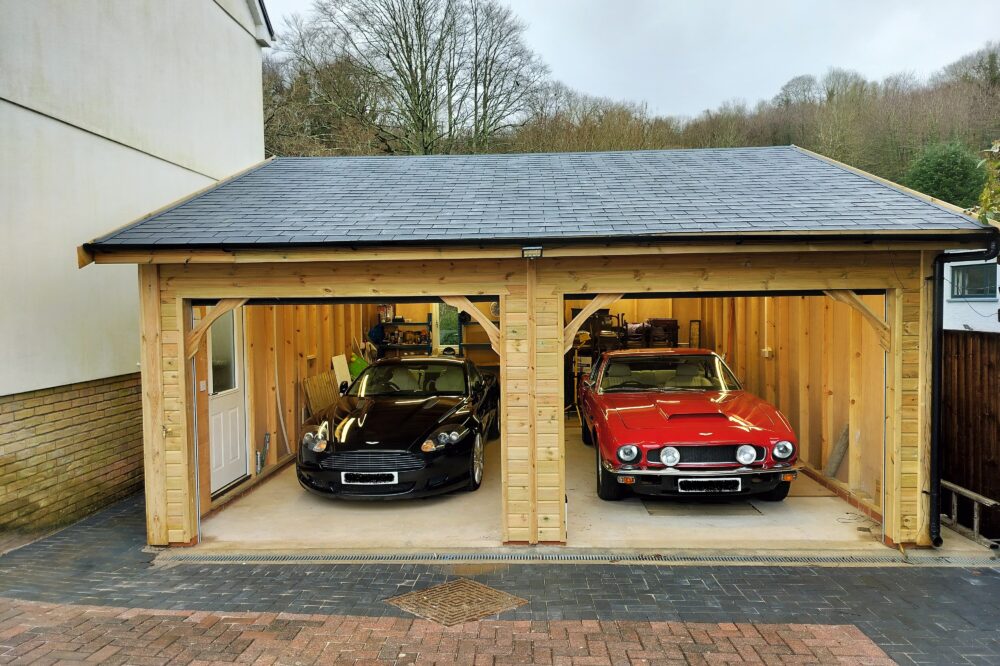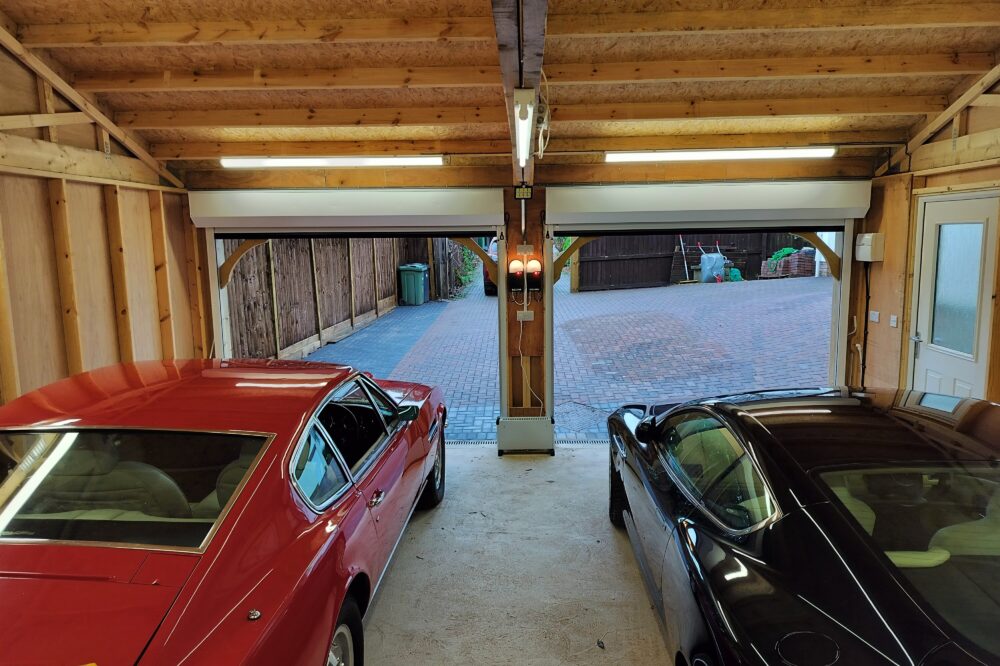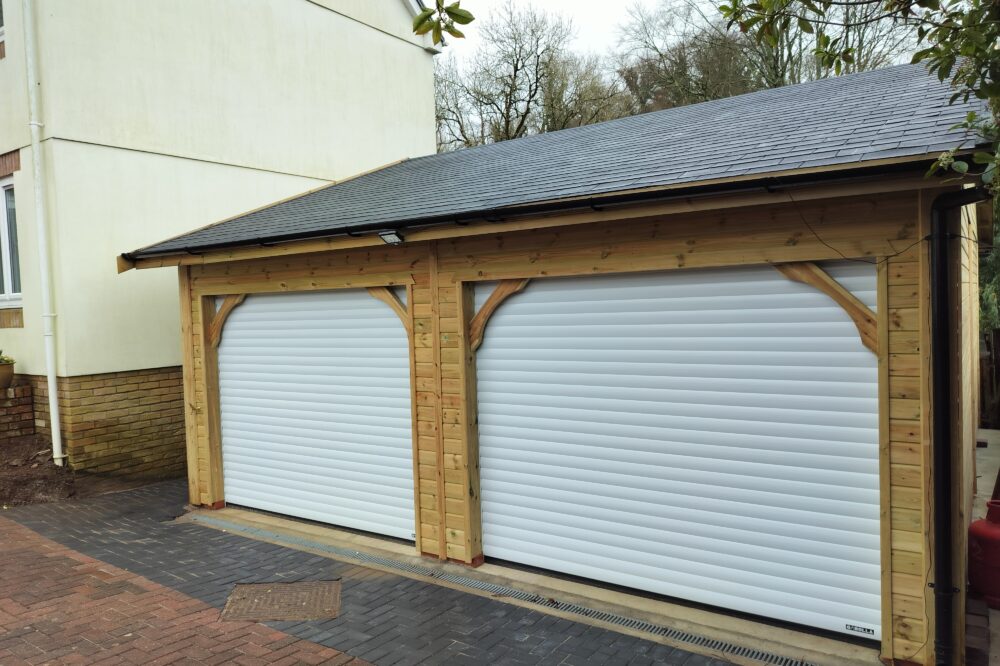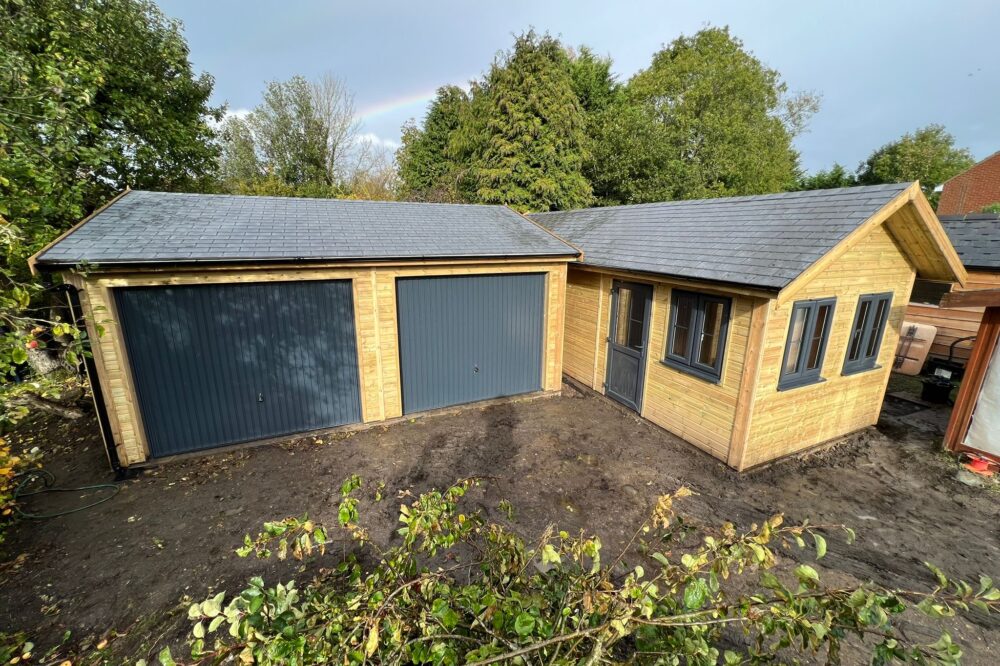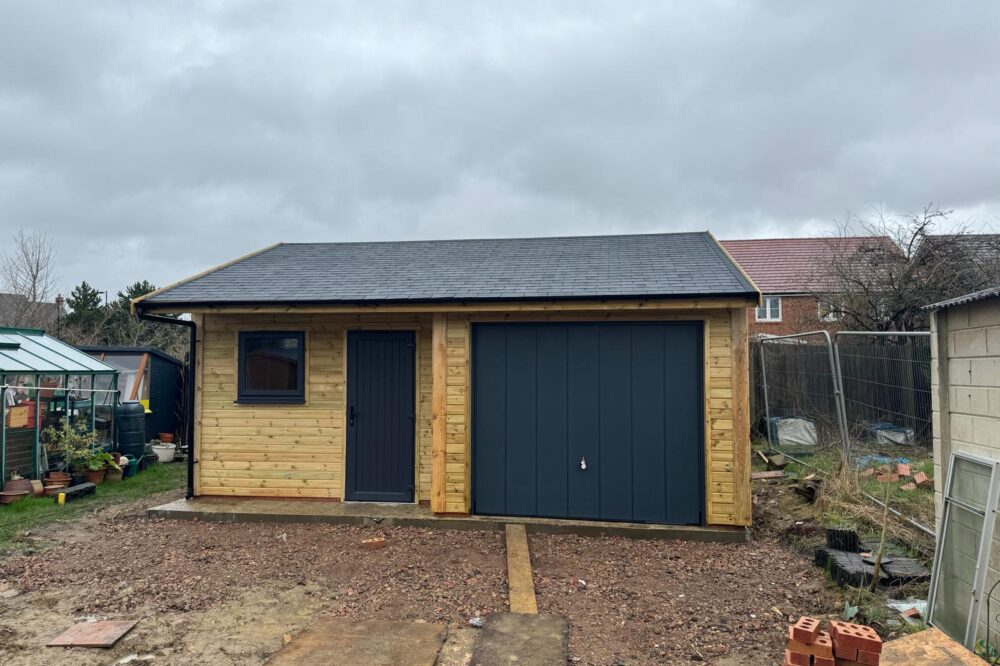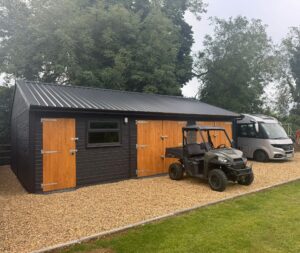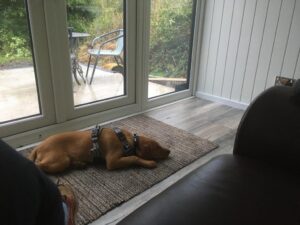-
Single Wooden Garage
Available in a choice of sizes - select a 2.5m high version if looking to do this within permitted development
-
Double Wooden Garages
Decide on the aspect of the gable ends, then build your design here
-
Triple Wooden Garages
The three bay garage is ideal for a garage and a workshop, or to house three cars.
-
Quad Timber Garages
For the largest buildings in our range of garages, click here to configure a 4/5 bay unit.
-
Cart Lodges
Simply drive in without the need for opening garage doors. The cart lodge range lets you do exactly that.
-
Mono Roof - 2.5m High
Designed for a three or four bay garage to be within permitted development. Click here for more details.
Tell me more about Wooden Garages
What is a Wooden Garage?
Wooden garages and timber garage buildings are stand alone structures that are separate from the house, which increase the amount of living space you have at home. They are much cheaper to build than a costly extension, and are often added without the need for planning.
A wooden garage is specifically most suited to house classic cars and motorbikes due to their ambient temperature. They also provide a stable environment that is free from condensation during the winter months.
The construction is much stronger than a garden shed, however, because they are outbuildings, they are still considered to be within permitted development. The permitted development requirements do provide rules that need following, but we talk about that further down this page.
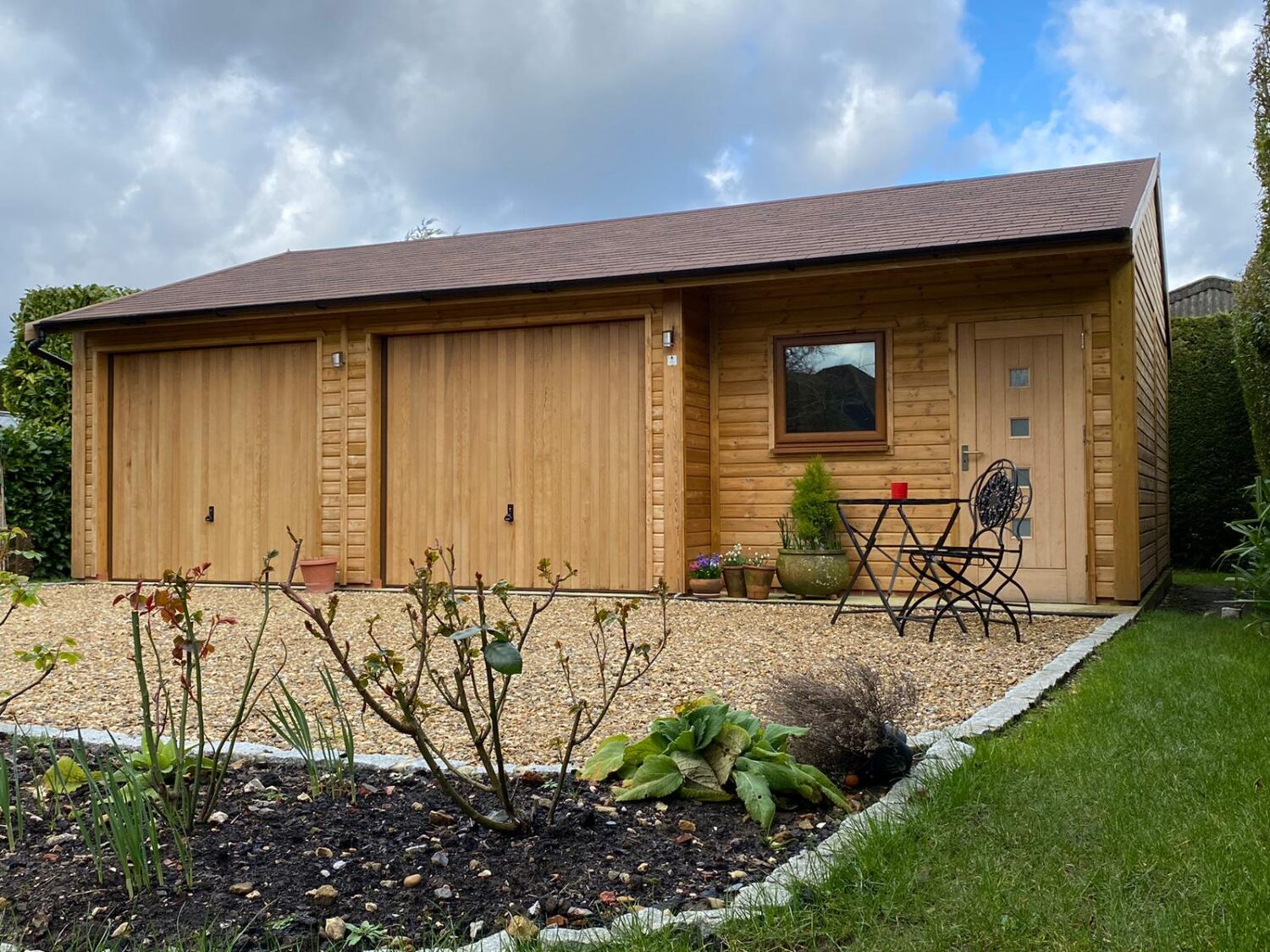
Wooden Garages are perfect for
- Classic Car Storage
- Modern Car Storage
- Workshops
- Garden Sheds
- Motorbike Sheds
- Garden Equipment Storage
- Mower Sheds
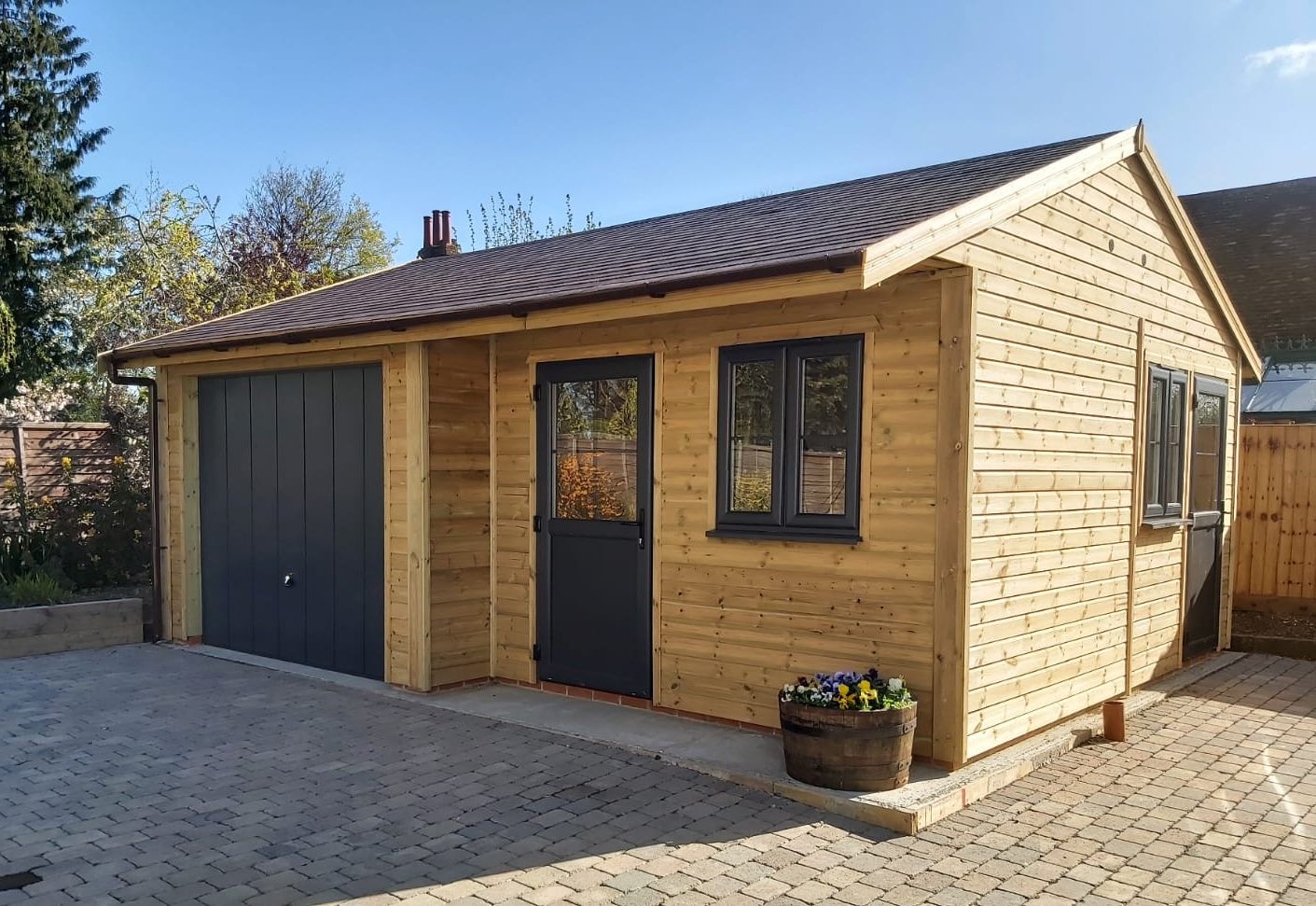
Benefits of a Wooden Garage
If you are looking for extra space, then a pre fabricated timber garage should be something that you seriously consider. Firstly, if you can quickly install it on your premises providing you have a concrete pad. Secondly, the cost of a brick built equivalent is far greater than a wooden structure of the same size.
If you currently have an integral garage, you can easily convert that into an extra bedroom, gym or kitchen extension. The storage space can be regained with a wooden garage, whilst the modern day cars can now live outside.

Ideal for Storage
Wooden garages are the perfect place for storing classic cars and motorbikes. With an ambient temperature and a dry environment, the older vehicles stay rust free, which is essential if you want to keep increasing it’s value.
For extra storage you can make use of the vaulted roof space, whilst the walls are also suited for hanging items such as ladders and car parts.
A great tip is to add a window over the work bench, so natural light helps with the tricky issues that need sharp eyesight and co-ordination.
Our timber garages include vents in the gable ends, to ensure the necessary ventilation flows naturally through the building.
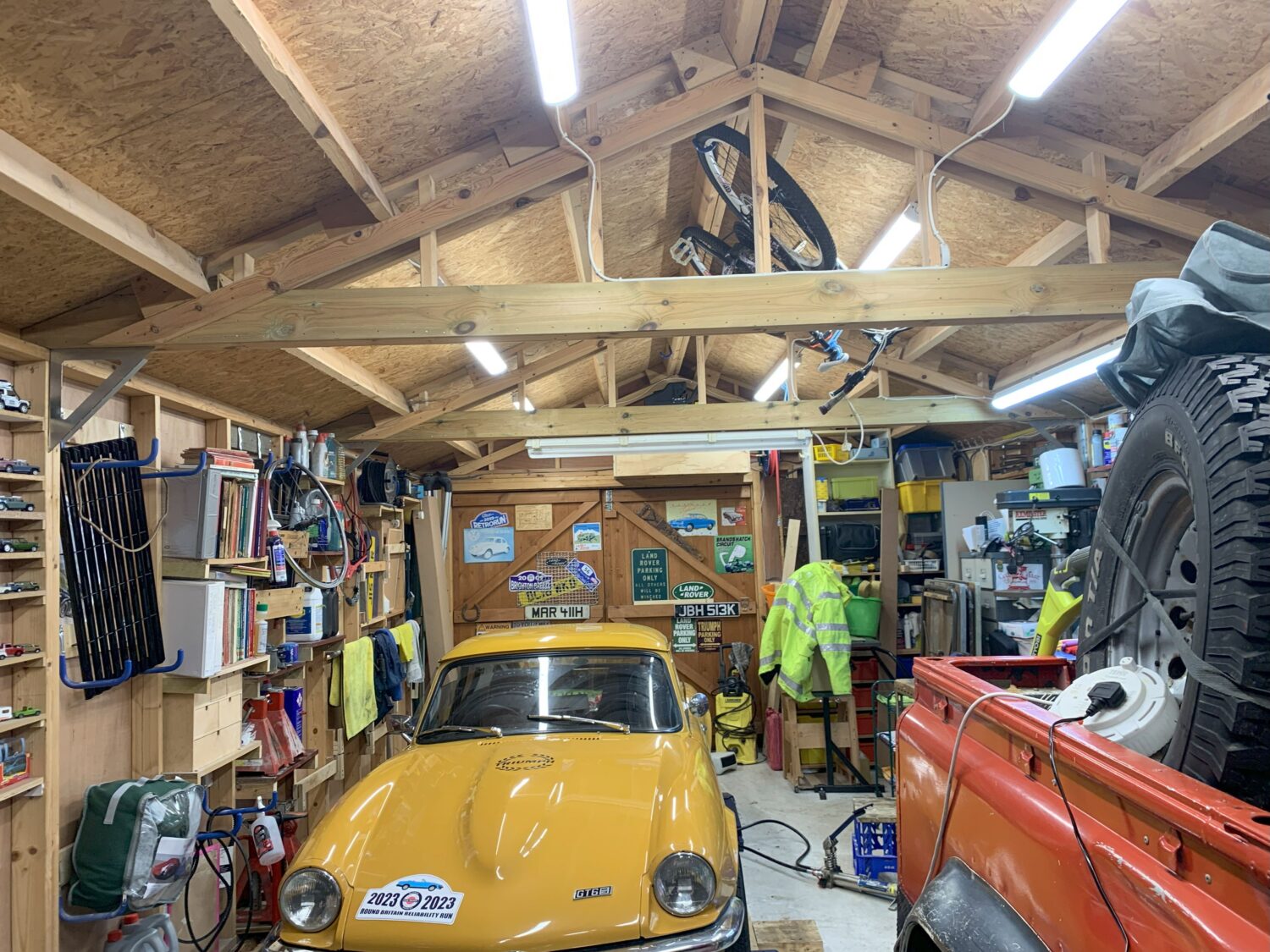
Take The Tour
Look inside the wooden garage to see the construction and the optional extras that are available.
As we show you round the building, one half of the wooden garage has the standard finish. This shows the vertical wall studs and the roof purlins.
On the other side the garage has lining on the walls and ceiling. Please note we have painted it for show purposes – this would need to be done by others after assembly.
You can see a number of garages at our show centre – click the button for more details
Show CentreCase Study
Garage Tour
Take a look inside the garage to see the difference between a standard internal finish and one that is insulated and lined.
Tell me about the designs
Pitched Roof Wooden Garages
The roof trusses (or apexes) are the triangular part are roof, and are traditionally at the front and the back of the buildings. This is true on most single timber garages, however on double and triple garages tend to have gables on the sides of the building, meaning the the doors are located under the guttering.
Single garages are often built to be 2.5m high for permitted development reasons, usually as they are sited close to boundaries. If the structure can be 2m or more from the boundary, then they can be taller than 2.5m high. This is usually the case for double, triple and quadruple garages, especially if there is sufficient space to be away from the boundary.
The maximum height for a pitched roof building within permitted development is 4m tall. This equates to a garage with a 7m gable end, with a roof pitch at 20 degrees.
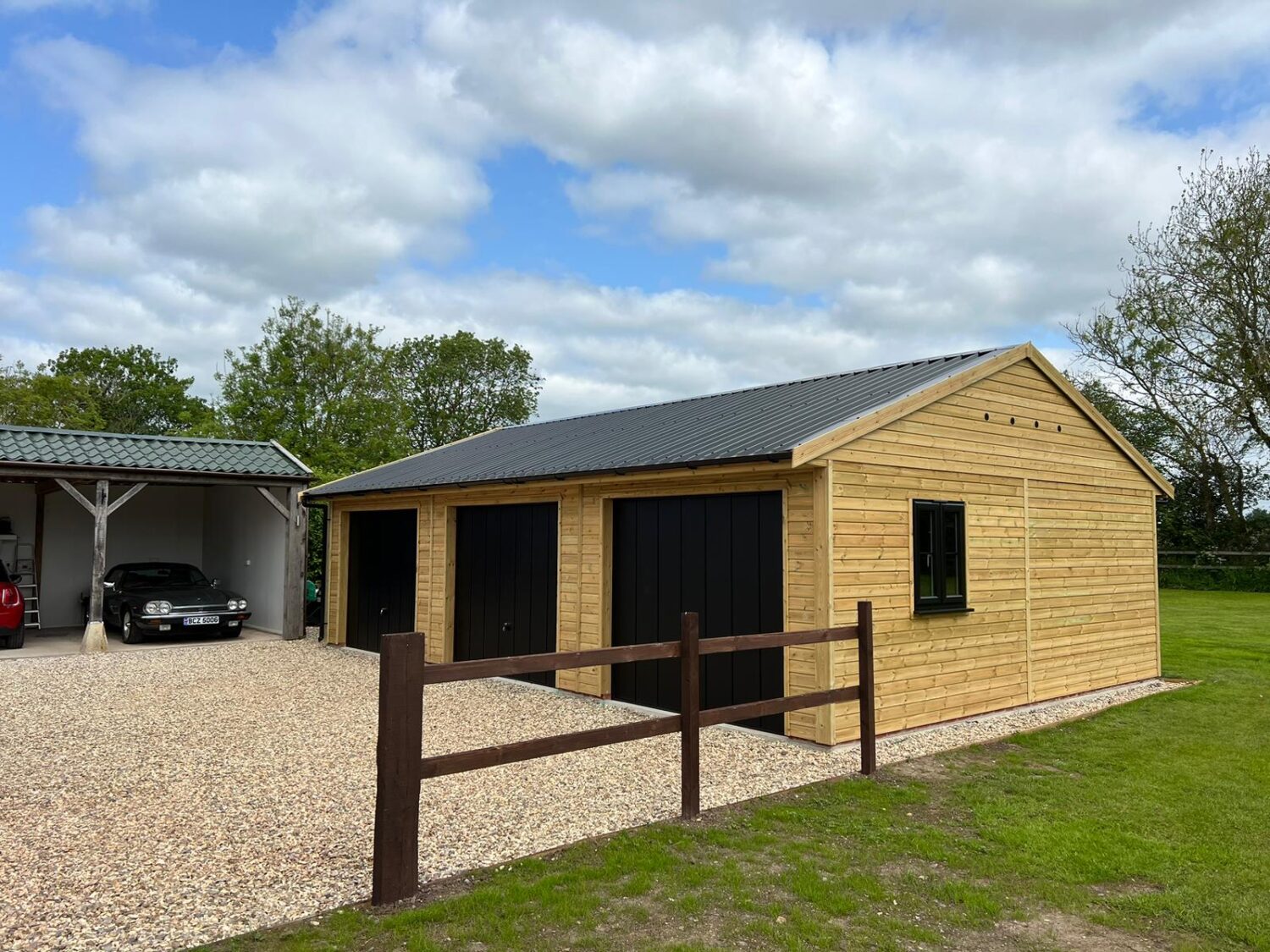
Mono Roof Wooden Garage
This is a great option for those looking to have a double, triple or quadruple garage without planning permission. They are designed to meet the current planning guidelines, as they are 2.5m high. This option complies to permitted development, even when the building is close to the boundary, and are an excellent solution for storage or a workroom.
For those that are over 30 square metres, you may require to have building control and fire resistance if within 1m from the boundary.
Find out more here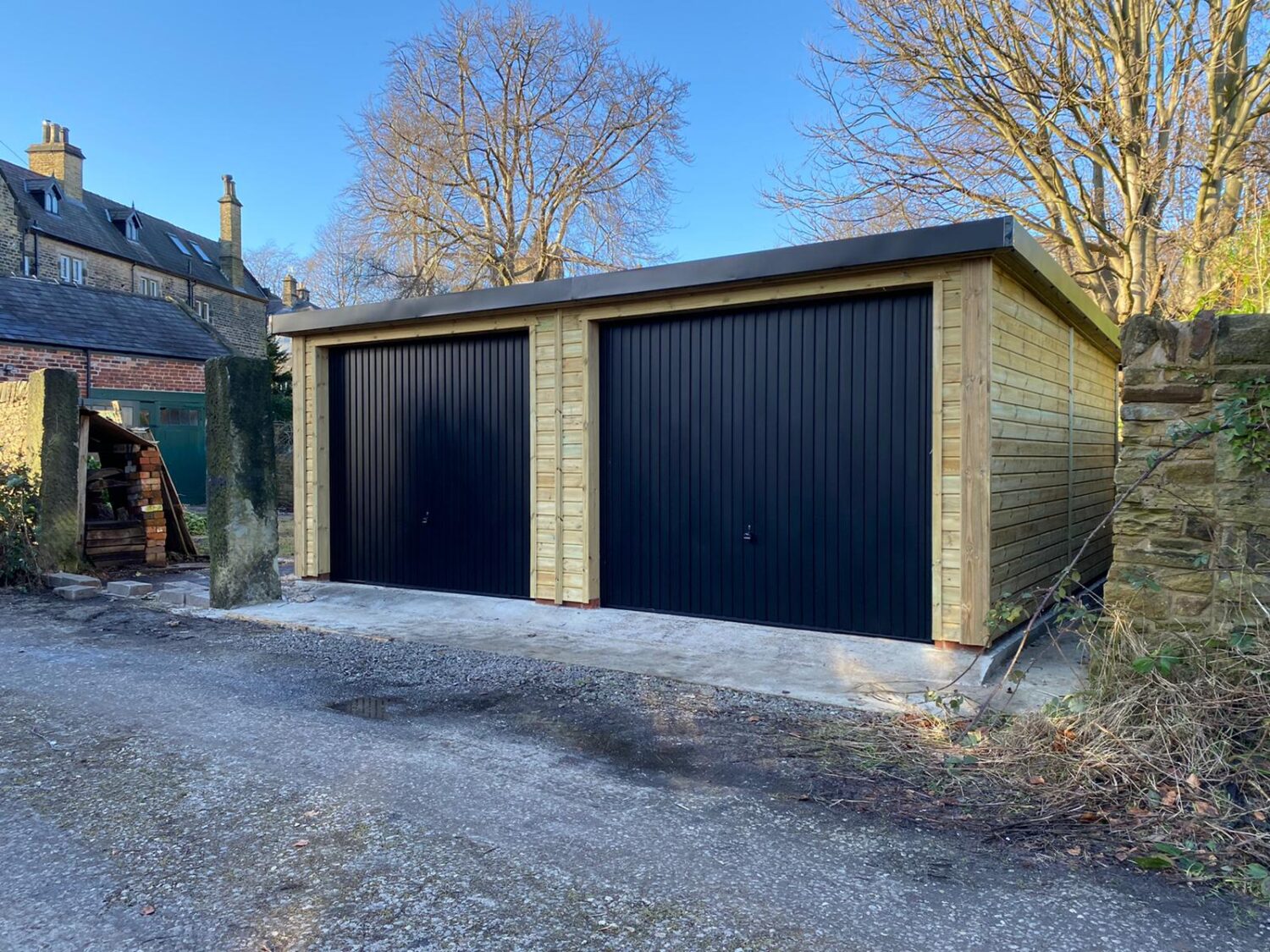
Cart Lodge Garages
The Cart Lodge looks very similar to an Oak Framed timber garage, especially when clad with feather edge boards. It doesn’t take long for the tanalised softwood posts to mellow to a golden oak appearance, giving you the same look for a fraction of the cost.
To achieve really stunning Cart Lodge, add Tapco slates and line the overhangs – then enjoy the look of an Oak Framed building, whilst saving a fortune.
Find out more here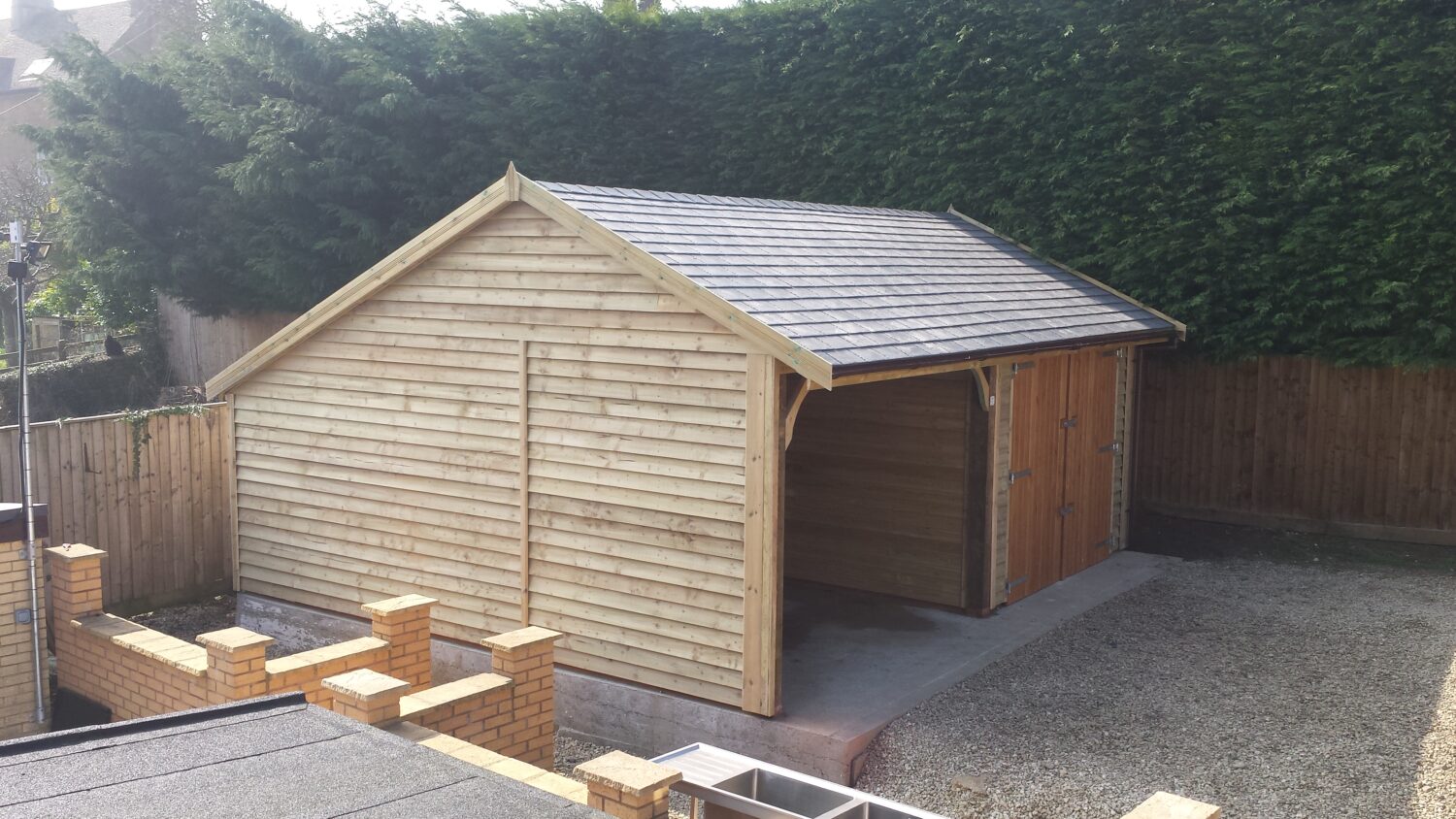
Bespoke Timber Garages
A great advantage of manufacturing the wooden garages at our factory, is the ability to create a design that suits your needs.
Take this 6.5m wide x 12.2m wide garage for example, as it has one set of double garage doors in the front gable end.
Not only do the large garage windows allow a good amount of light, but the velux windows in the roof add extra light and ventilation.
The price for this building is simply calculated by adapting a standard building, whereby the customer also has chosen anthracite grey doors and windows to match the grey felt tiles and the black guttering.
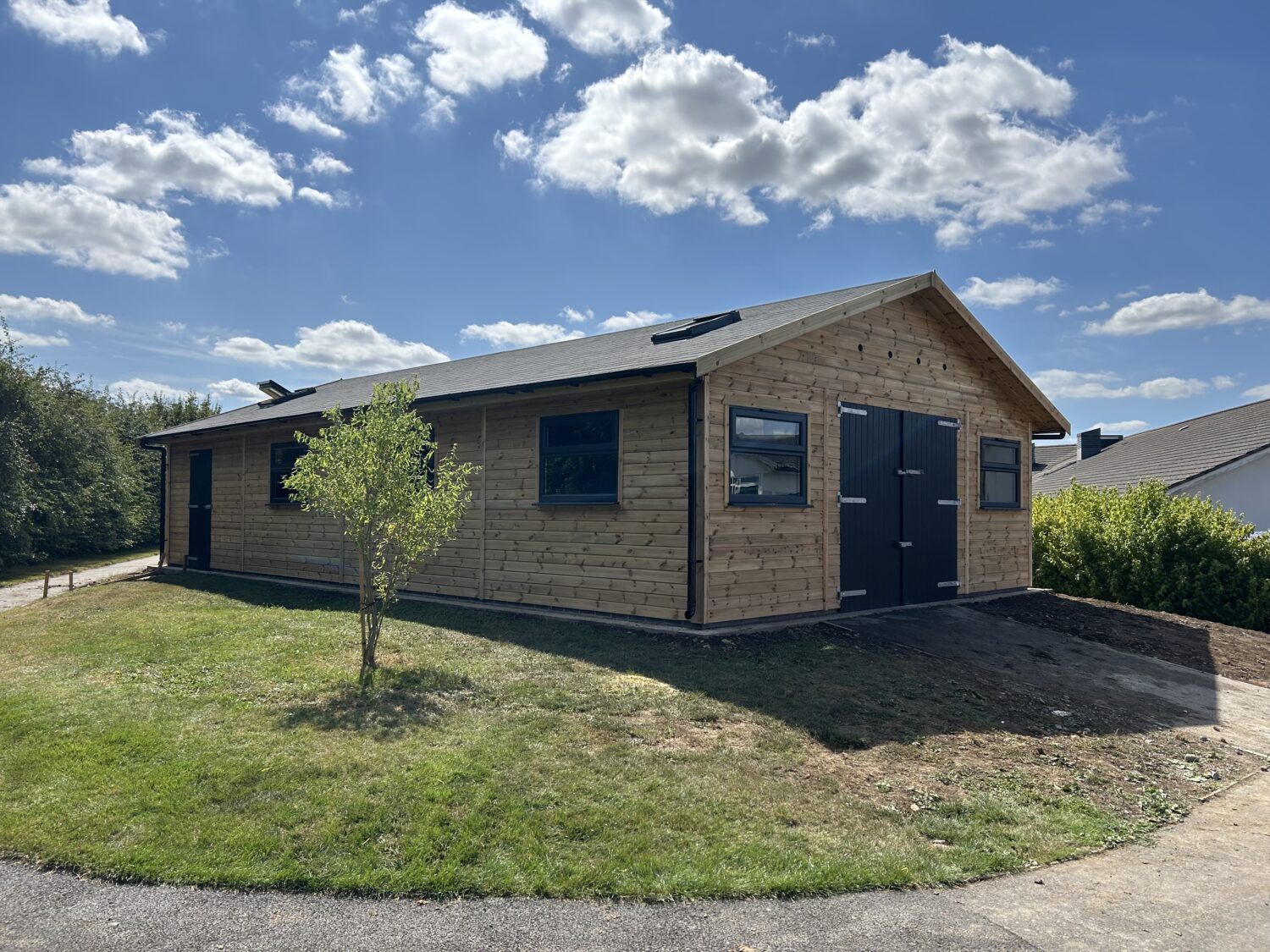
Wooden Garage Specifications
| Cladding | Tanalised Shiplap (16mm x 125mm) or Feather Edge (25mm x 150mm). |
|---|---|
| Framing | 100mm x 40mm PAR Scandinavian Redwood Timber. |
| Wall design under 30 square metres | To the back of the standard framing is 4mm WBP plywood, Bitumen Vapour Barrier, Tanalised Cladding. Creating a wall thickness of 110mm Shiplap and 140mm Feather Edge. |
| Wall design over 30 square metres | To the back of the standard framing is 9mm WBP plywood, Bitumen Vapour Barrier, Tanalised Cladding. Creating a wall thickness of 115mm Shiplap and 145mm Feather Edge. |
| Roof Design | 20 Degree pitched roof. 125mm x 40mm purlins @ 600mm centres span between trusses (3m intervals). Covered with 12mm OSB3 Boarding, followed by roof material. |
| Felt Tiles | Fitted onto 3 ply underfelt to create a 3 layer roof covering, finished with colour coded trims. |
| Metal Sheets | Fitted onto 3 ply underfelt, finished with colour coded trims. |
| Cedar Shingles / Tapco Slate (option) | Fitted onto 3 ply underfelt and timber batten framing. |
| Fixings | Drilled & Bolted to ground through bottom rail, DPC and bricks with 230mm spikes. |
| Doors | Garages come with canopy style metal up and over doors as standard. Other door options are available. |
Base Requirements
| Concrete Pad | You will need to provide a concrete pad and a single course of bricks. The bricks need to have holes in order to key on to the mortar, and are only one course high. We provide a DPC to sit on the top of the bricks. |
|---|---|
| Sub-Base | 150mm hardcore is usually sufficient with reinforcing bar, followed by DPM before the concrete. Allow 100mm to 150mm of concrete (C40 mixture) for the concrete pad - and red or blue semi-engineering bricks. Bricks are required under all walls (including partitions). |
The Build Process
Take a look at the before and after photo’s that show
the step by step build process of our wooden garages.
-

ORIGINAL CONCRETE GARAGE
-

BEFORE THE BUILD
Options
Single Timber Garages
Single garages are usually constructed with the doors in the gable end.
Eaves height can be 2.0m plus the single course of bricks, with a ridge height of 2.5m – for planning.
Alternatively the eaves height can be 2.15m, to allow for a normal 2.1m high door. Roof pitches on the taller buildings are 20 degrees, which give and overall height range of 2.8m to 3.3m high.
Should you require a 30 degree pitched roof for planning reasons, please contact us for details.
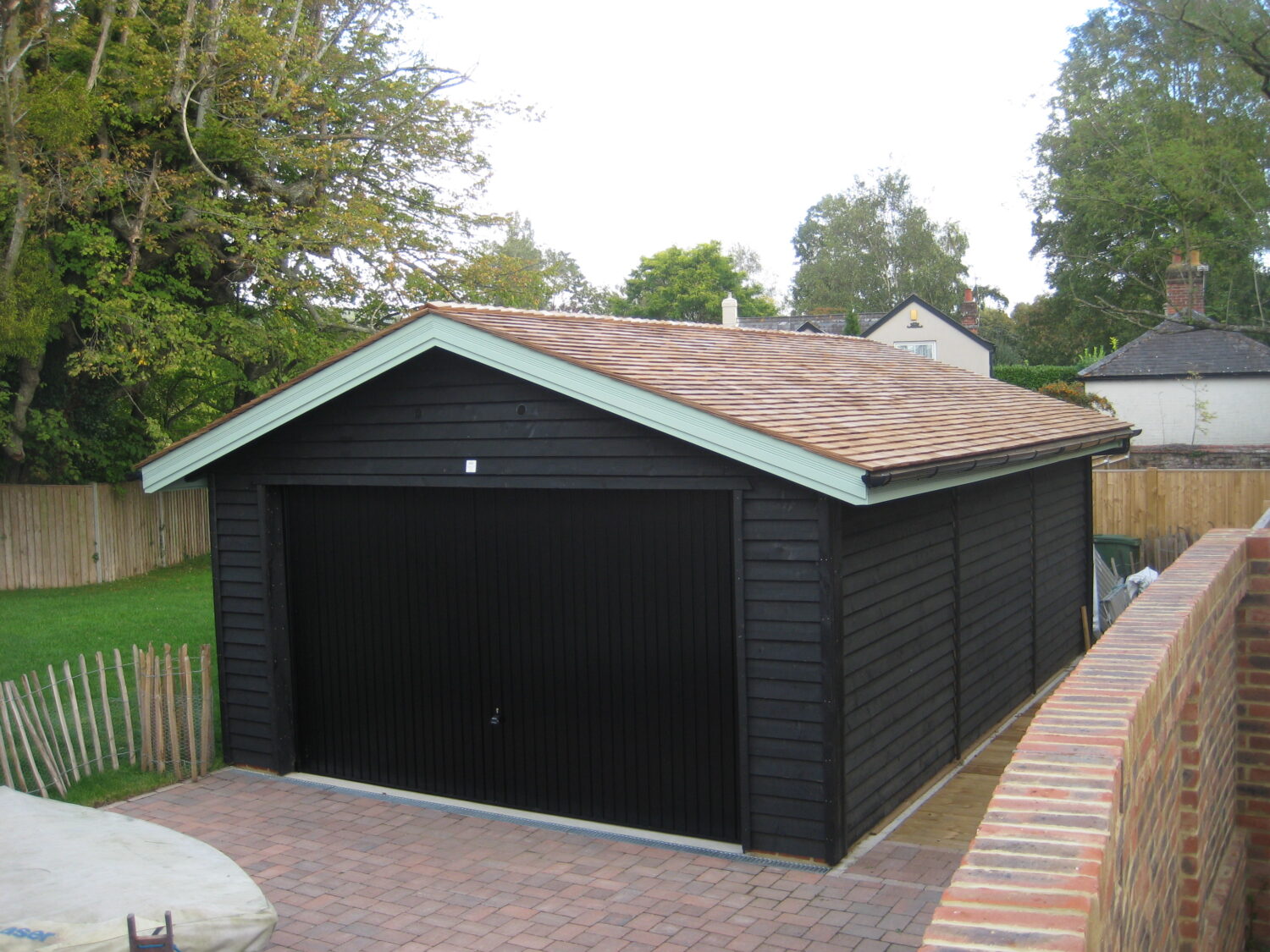
Double Wooden Garages
Double garages can be built with the doors in the gable end, or under the guttering.
Doors in the gable end are 2.15m to eaves, plus the single course of bricks. The ridge height is between 3.2 and 3.7m depending on the truss width. We can increase the eaves height to 2.3m if required.
Doors under the guttering have an eaves height of 2.3m plus the single course of bricks, and the ridge height will be between 3.3m and 3.9m depending on the depth.
The roof pitch will be 20 degrees if we are providing the roof covering, but can be 30 degrees (or more) if you require a clay or slate tiled roof. This would need to be finished by a roofer, who would install the battens, tiles and the soffits.
Within the price are single up & over doors, however customers can opt for wide doors if required. Contact us for details.
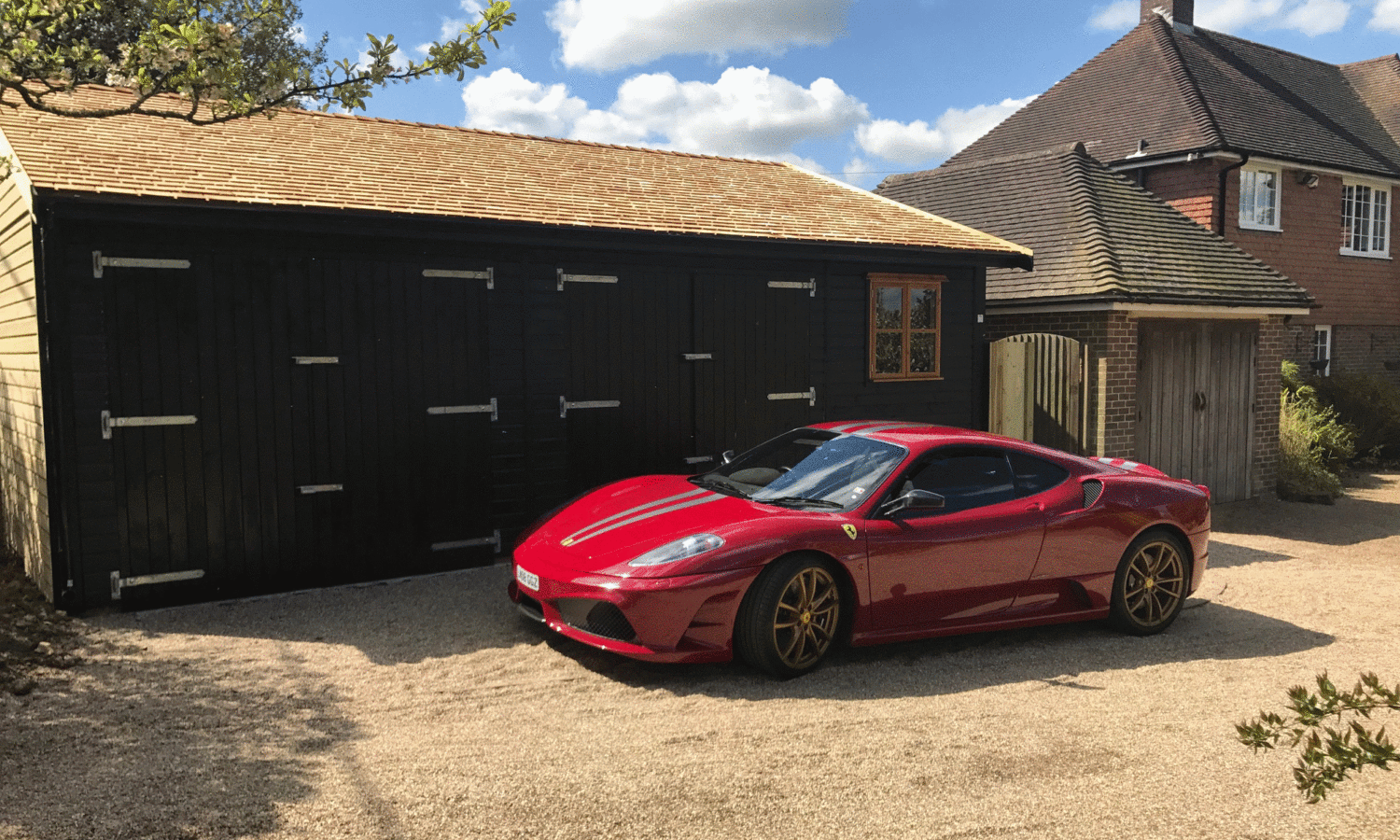
Triple Timber Garages
3 Bay wooden garages are usually constructed with the doors under the guttering, so that the ridge line runs from left to right.
Eaves height will be 2.3m plus the single course of bricks, and the ridge height will be between 3.3m and 3.9m depending on the depth.
The roof pitch will be 20 degrees if we are providing the roof covering, but can be 30 degrees (or more) if you require a clay or slate tiled roof. This would need to be finished by a roofer, who would install the battens, tiles and the soffits.
Within the price are single up & over doors, however customers can opt for wide doors if required. Contact us for details.

Wooden Quadruple Garages
4 Bay or more garages are usually constructed with the doors under the guttering, so that the ridge line runs from left to right.
Eaves height will be 2.3m plus the single course of bricks, and the ridge height will be between 3.3m and 3.9m depending on the depth.
The roof pitch will be 20 degrees if we are providing the roof covering, but can be 30 degrees (or more) if you require a clay or slate tiled roof. This would need to be finished by a roofer, who would install the battens, tiles and the soffits.
Within the price are single up & over doors, however customers can opt for wide doors if required. Contact us for details.
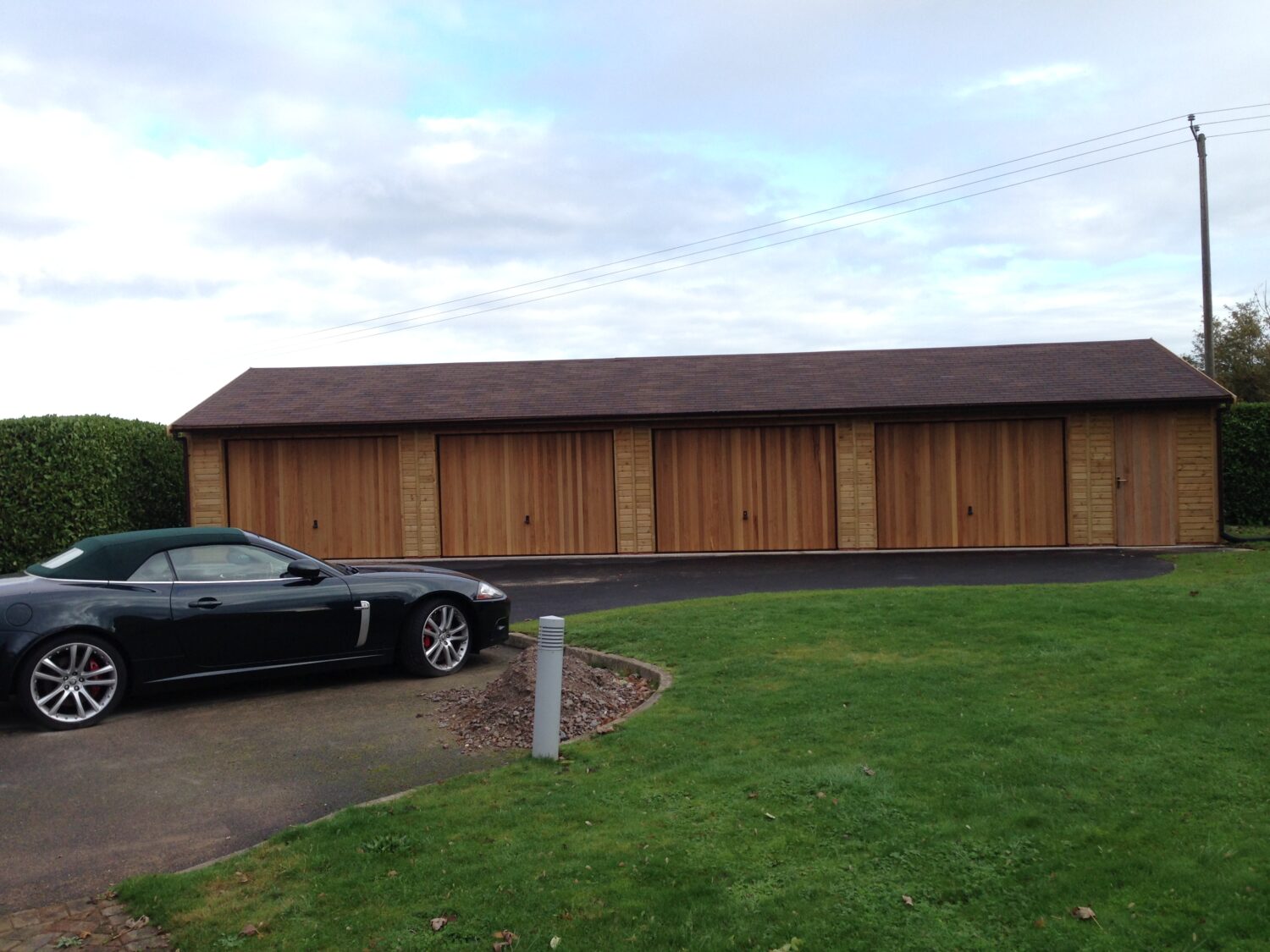
Cladding Options
SHIPLAP CLADDING:
Machined from 16mm x 125mm Redwood timber originating from Scandinavian FSC managed forests. Consistent and smooth finish – pressure treated for durability. Thickness of garage sections are 110mm when using shiplap cladding.
FEATHER EDGE CLADDING:
Rough sawn finished look that provides a rustic appeal. Larch or Spruce Scandinavian redwood, cut from 150mm x 50mm timber. This provides a meaty looking finish that beefs the sections up to 140mm thick.
-

HORIZONTAL SHIPLAP
-

HORIZONTAL FEATHER-EDGE
Options
Does a Wooden Garage Need Planning?
Potentially!
Wooden garages are considered to be permitted development in most locations. Providing you are in the back garden, you can build on half of the plot as long as you don’t protrude past the front of the house.
If you are within two metres of the boundary, the new building can be up to 2.5m high, and even taller if you are over two metres away from the boundary line. This allows you to have a pitched roof up to four metres, and a flat roof up to three metres tall.
Should you be in areas of outstanding natural beauty, within grounds of a listed house, or in a garden flat, you are likely to require planning permission.
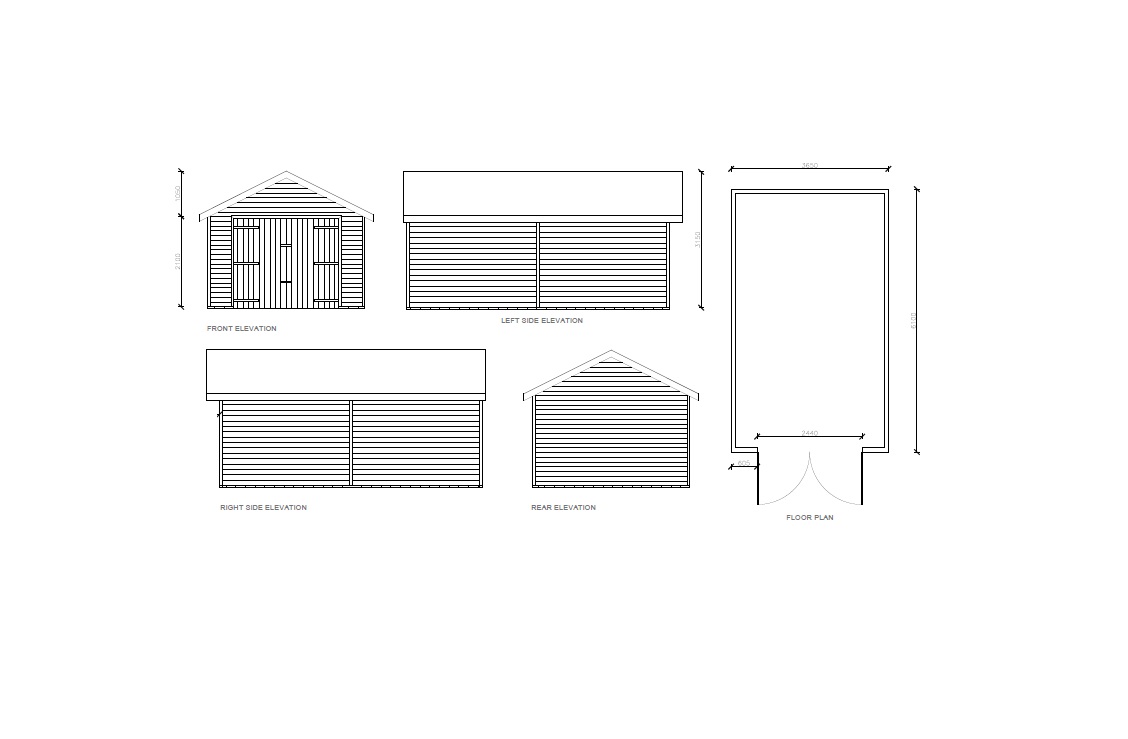
What about building regulations?
It is not a requirement by law that building regulations are needed for a wooden garage if they are over 30 square metres. However, it may be difficult to sell your house if your building falls in to the ‘red tape’ zone. For those that don’t want to want to worry about potential paperwork, the largest size is 5.7m wide x 5.65m deep (or equivalent size) as the measurement is based on internal dimensions. Notably… if you require storage for 3 or 4 cars, you can build two garages side by side (both under 30 sq.m) and not require building regs. Please also note that animal buildings don’t require building regulations either.
Should you prefer to have a larger unit (that exceeds 30 sq.m) and opt to apply for approval, then you would need structural calculations and elevation drawings. We can provide elevation drawings for a nominal fee. We can also send a copy of our generic structural calculations that cover the build design. These are based on our largest garage, but may not represent your exact design. Should the engineer require more calculations that are specific to your design, we would recommend you contact our preferred architects directly.
NOTE: You don’t need to apply to your local council for building control, as there are plenty of independent structural engineers who can issue you with a certificate – for example complete building control, or Ralph Burman (Stratford on Avon) who is contactable on 07808058709
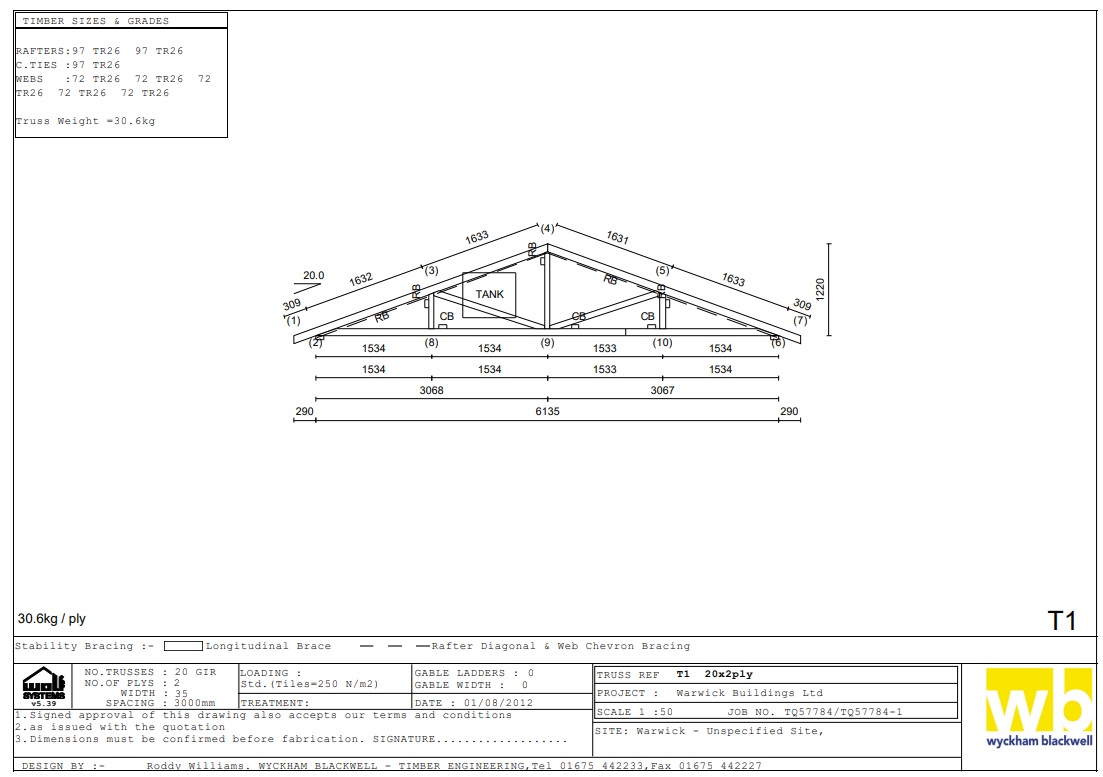
Roofing Options
STANDARD OPTIONS
FELT TILE ROOF:
This lightweight roofing felt provides a double layer of felt shingles, giving a smart finish to the garage building. In addition is an underfelt that provides the third layer of protection, to provide a long lifespan to the standard finish. Available in Slate Grey or Dual Brown, with colour coded verge and ridge trims.
METAL ROOF:
Steel sheets coated with plastisol, offering a 40+ year lifespan. Available in a wide range of colours, this metal roofing sits onto a layer of underfelt, to protect against any condensation that forms on the underside of the sheet. The OSB boarding also soundproofs the garage, so that it remains quiet inside when it rains.
UPGRADE OPTIONS
TAPCO SLATE:
A superb alternative to real slate, especially as the lightweight properties allow us to install quickly and cost effectively. Tapco adds a depth to the roof as opposed to the flat looking felt tiles, and adds a bucket load of character to your new building. Particularly suited to Cart Lodges, and Feather Edge garages.
CEDAR SHINGLES:
Just like Tapco, the Cedar Shingles add that depth of roof that felt tiles can’t match. However unlike any other roof covering, there is no symmetry with cedar shingles, as they are different widths and different colours. Please note tat they silver and curl over time, however this look just be the look that you are hoping to achieve
PRICE ON APPLICATION
MINERAL FELT:
Grey mineral felt is also available if you need to trim the budget, or you’re fitting your own roof covering.
ONDULINE:
Black onduline is a compressed felt version of the corrugated tin roof. This option is priced on application and is available for all buildings. Please note that we add the Onduline onto OSB boarding that has been lined with an underfelt. This encourages the Onduline to perform much better than if it were fitted directly to the purlins.
TILED ROOF:
We can supply and fit trusses that are spaced at 600mm centres, in order for clay or slate tiles to be fitted. Priced on application, the customer will need to batten the trusses, tile the roof and fit the soffits.
-

Brown Felt Tiles
-

Grey Felt Tiles
-

METAL BOX PROFILE
-

TAPCO SLATE
-

Cedar Shingles
-

MINERAL FELT
Options
Wooden Garage Groundwork
For more details about the groundwork, including how to construct the base, please click the button below
Garage Base Details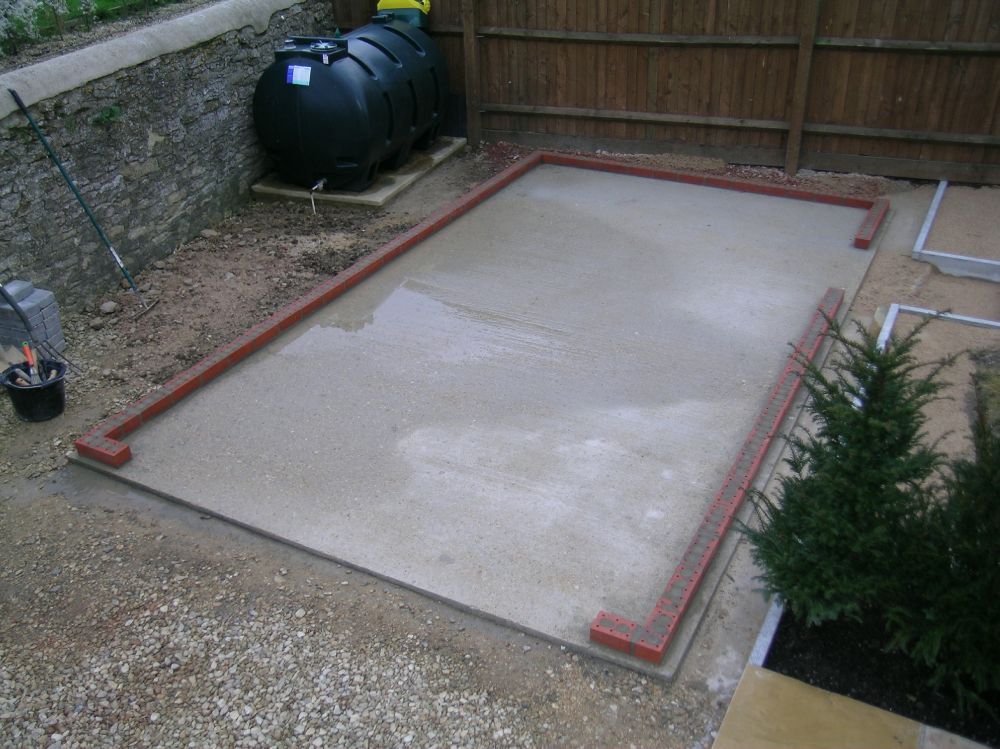
Please tell me...
Can I have a Car Lift?
In short – yes. The best way for a car lift to be installed is to have the gable ends on both sides of the garage, meaning the doors are under the guttering. The roof trusses are usually 3m apart, and will accept a car being lifted into the vaulted ceiling.
Depending on the depth of the timber garage, plus the size and shape of the car, will determine how high you can lift from ground level.
Single garages can also incorporate a car lift, but it could mean roof trusses are located in specific position, to ensure clear roof space above. We can often accommodate this within the design, however you will need to raise the subject during the quoting stage.
We have increased the eaves height of several buildings, as customers have often used the car lifts for extra storage. If this appeals to you, then planning permission is likely to be required as the eaves height exceeds 2.4m.
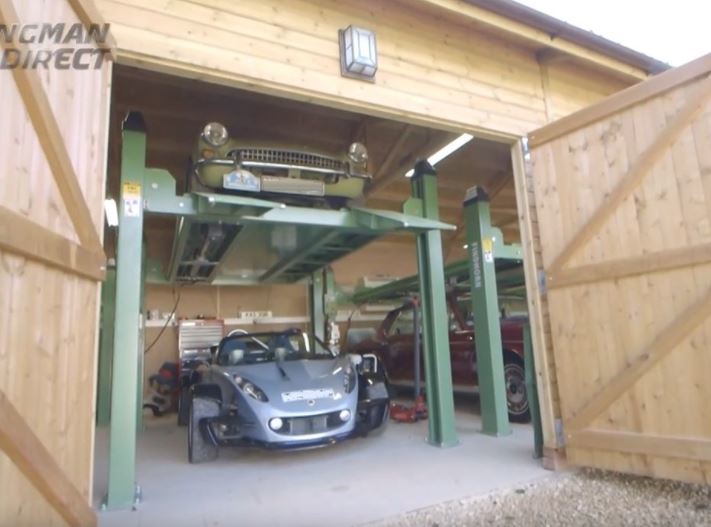
Can I fit solar panels?
This question gets asked quite a lot. In principal, yes you can, however this would need to be done
independently by a solar panel installer. In terms of weight, the solar panels are light enough for the
garage roof to accommodate providing they are on a lightweight aluminium frame.
If starting the project from scratch, we would recommend
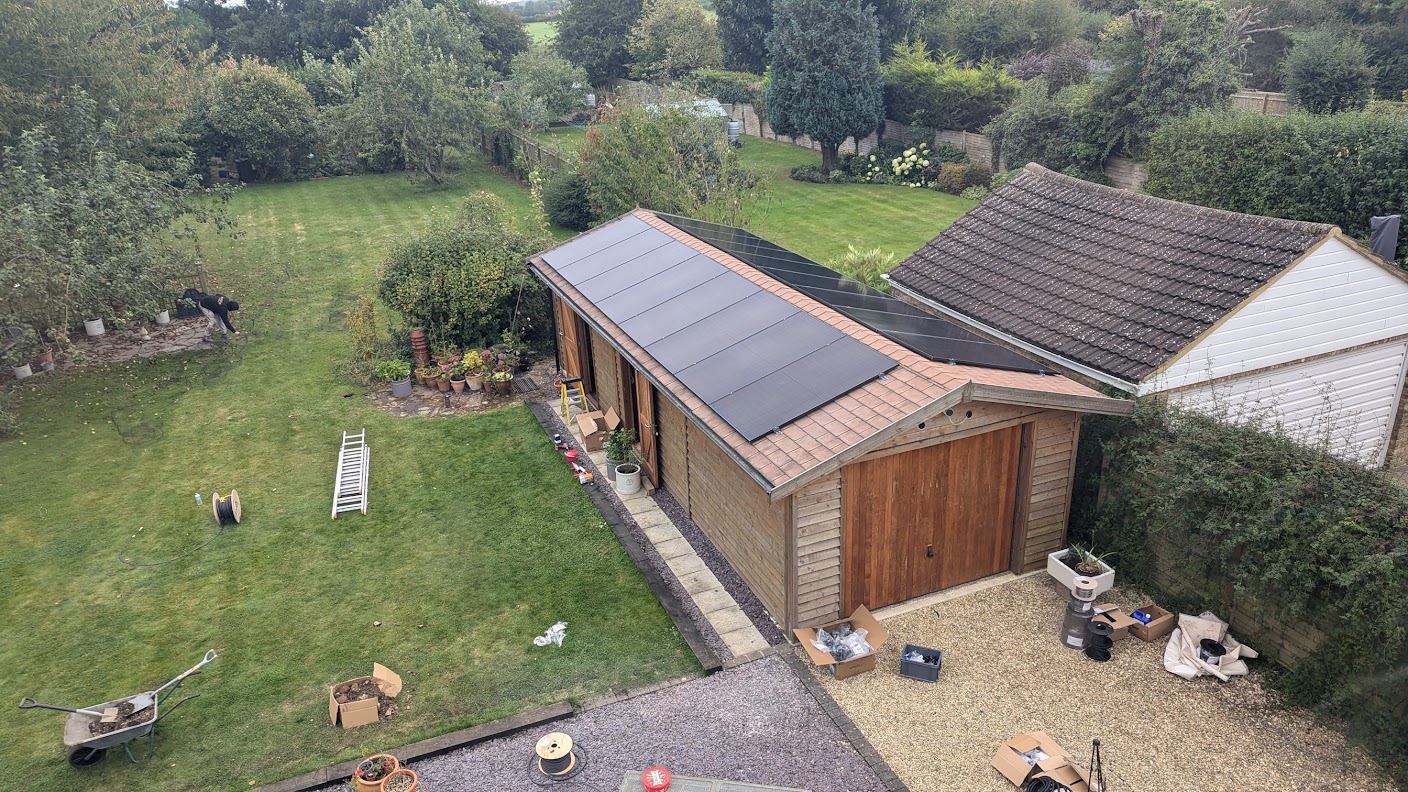
Can I fit my own garage doors?
We can supply and install wooden double doors or single width up & over doors. However in some cases, it may be that you require a double width door or a different type of door. For example, a roller door far more suitable if you are having a car lift.
It could also be that you have some doors on an existing garage, and you would like to re-use them.
If any of these scenarios fit your specific requirements, please let us know during the configurator stage, so we can provide the discount.
Please note that we are unable to install doors from an existing building or another supplier.
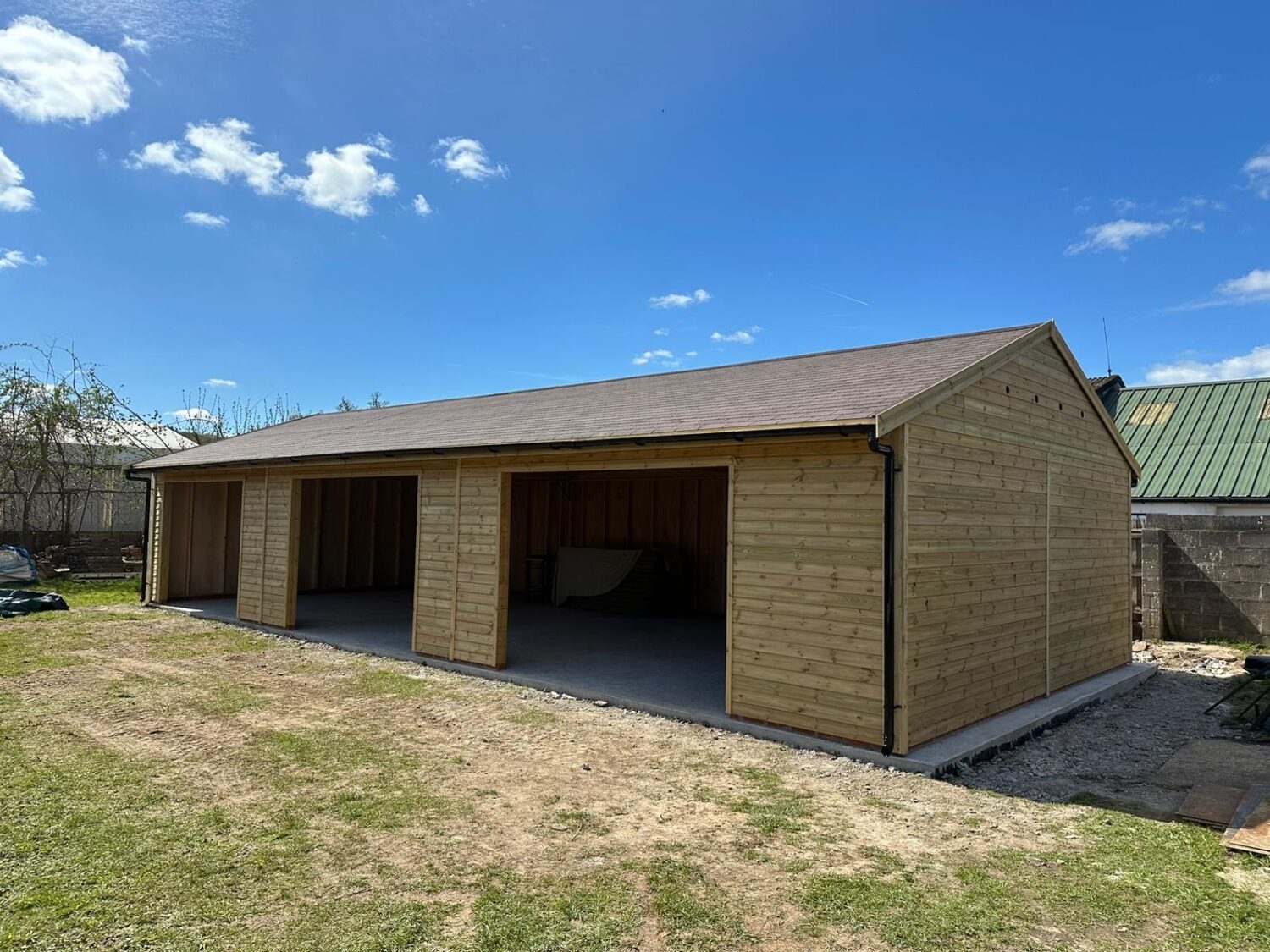
Need Some Inspiration? - Then Take A Look At The Gallery
Project Management Details - Let The Customers Explain In Their Own Words
Case Study
My garage project
Talking you through her project, Fiona kindly describes her recent project, right through from planning & groundwork, to assembly and completion.
Case Study
Shed 7
When David Blackwell needed more storage he wasn’t joking. Seven garages later, we get to see him using his workshops.
FAQ's
Do you have any recommendations for groundwork contractors?
Daron Langford – Warwickshire – 07739 695442
Dave Bashford (Elite Builders) – Solihull/West Midlands – 07899 893815
Paul Oliver – West Midlands – 07778 215889
Chris Woolmore – Rugby – 07828 437903
Tim Pearman – Worcestershire – 07831 477585
Woolliscroft Groundwork – Worcestershire – 07961 668971 – https://woolliscroftgroundworks.co.uk/
Kelvin Hughes – Evesham – 07973 361143
Ben Harwin – Cambridgeshire – 07960 033476
Scott Mccue – Leicestershire – 07916 138164
Urban Diggers – Hemel Hempstead – 07846 430271
Shadow Environmental Services (Removal of existing buildings/asbestos) – London, Nottinghamshire, Derbyshire and Leicestershire – 0207 226 6990 / 07918 070210
What groundwork is required for a garage?
Concrete Pad & Single Brick Course – Scroll down for full details:
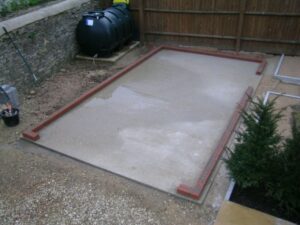
150mm compact hardcore: DPM: 150mm concrete: Single course of semi-engineering bricks
Please allow 50mm additional concrete in addition to the size of your garage.
Your groundwork plan is issued when your order is placed and your final design is confirmed.
We allow a 5mm tolerance for the brick course – please use a laser level when setting the bricks.
In most cases the base is too large to dig by hand, hence a local contractor will be required to do the groundwork for you.
You start by digging out the ground down to a depth of 12 inches, with any spoil either removed by skip off site, or dispersed somewhere else on site.
Secondly the land / mains drains will be put in place, and soak aways will be constructed. The soak away will be a deep pit, about 1m x 1m x 2m deep and filled with gravel, with the drainage piped into the top of it. This is mainly to take the rainwater from the guttering.
Once the drains are prepared, the hardcore is put in to a depth of 150mm and compacted down. Once compacted, the shuttering around the edge is put in place.
The concrete is to a depth of 150mm, and should be a c40 mix, or a mix with fibres. For example a 6m x 6m square base will need 6m x 6m x 0.15m = 5.4 square metres of concrete. A tamped finish is sufficient, although a floated finish will be smoother. Timescale for this should be a single day.
Once the concrete has been laid for a couple of days the brick course can be fitted. This should take about half a day for the 6m x 6m base.
For more details click here
Can I have a garage within permitted development?
In a word, yes
Single garages have a choice of a pitched roof or a single slope roof at 2.5m high – which is within permitted development in most cases.
Double and triple garages will need to have a single slope roof to be 2.5m high.
Double & triple garages with a pitched roof will need to be 2m from the boundary to be within permitted development as they are taller than 2.5m high.
The size I required isn’t listed, can you still build it?
The price list has been created to give a price for our most common sizes. If you require a different size to fit in a space available, please contact us to get an accurate price.
Because each building is individually created for you, a guide for the price would be the closest to the size that you are looking to have. Please do get in touch on 01926 815757 and talk to us about your project.
How long will my building take to build on site?
Garden Rooms are usually constructed within 1-2 days (up to 6.2m x 3.6m sizes) depending on the final specifications.
Garages up to 6.1m x 6.1m are usually constructed within 1 day. Larger buildings will often take 2 days on site.
Commercial Buildings usually take 1 week on site – depending on the final specification.
How long will my building last?
We regularly have customers that have buildings re-roofed at 15 and twenty years old – who are quite confident that their buildings will last double that time if they get general maintenance and care.
This building was taken by a customer and we have worked out that it was 18 years old, and was still original. The customer has painted the building regularly with Protek Woodstain.
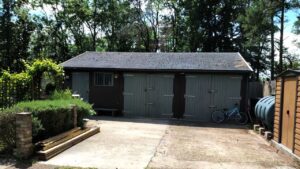
This garden office is 12 years old and has been regularly treated with Dark Oak wood protector. It features timber doors and windows, along with brown felt tiles.
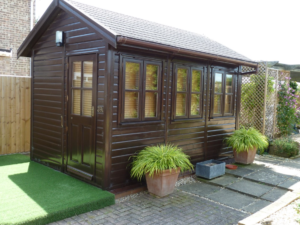
This garage is 24 years old and still has it’s original layer of green mineral felt.
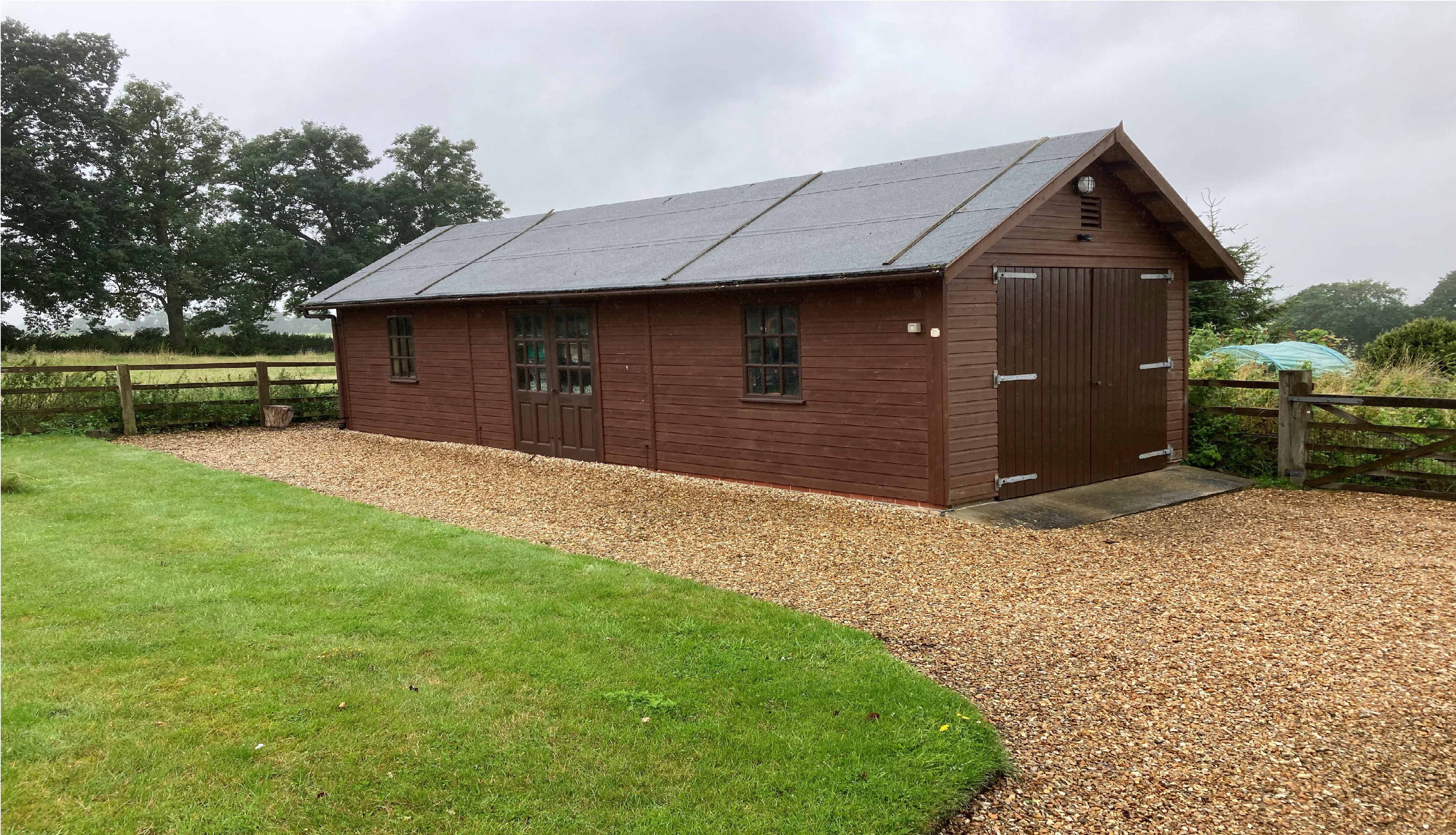
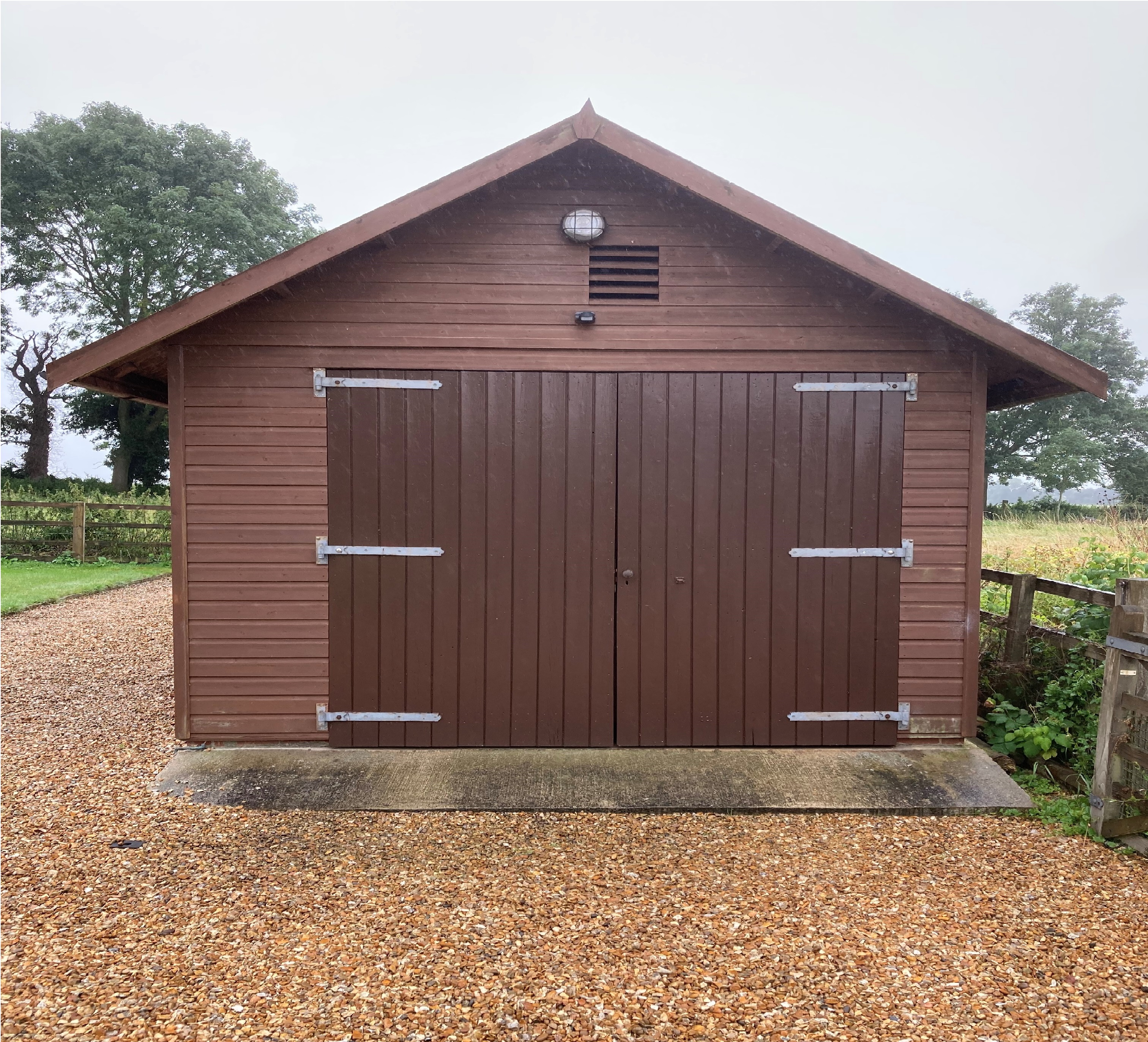
This garage is over 30 years old, and was bought by one of our first customers. Finally the customer passed away and the house has laid derelict for 2 years, hence the unkept look.
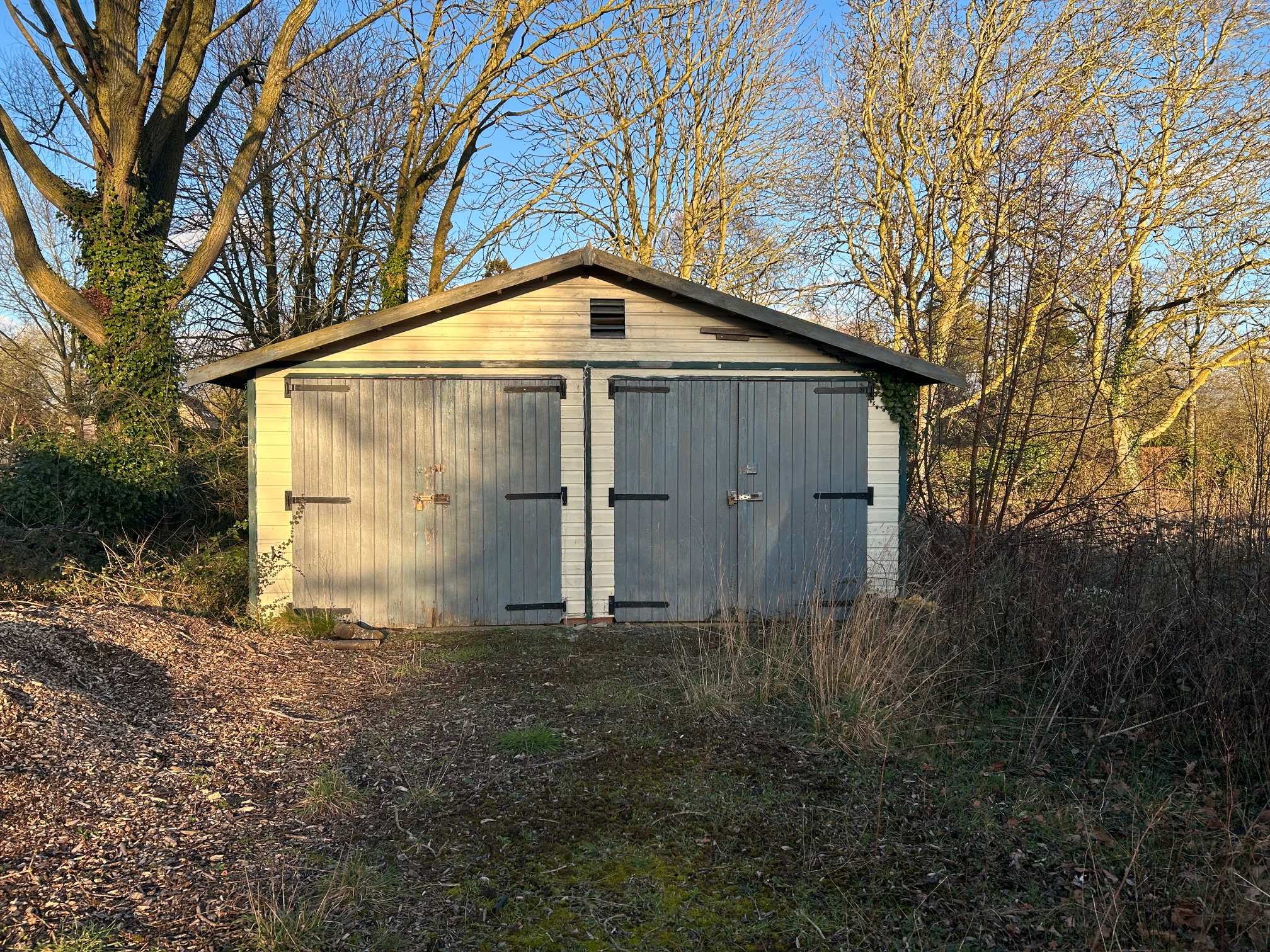
What is the lead time?
The lead time for a building can vary between 2 – 6 months.
You are welcome to book in advance to secure a delivery slot, and still make adjustments to the design up to the point that the base has been constructed.
(Please note that items that have been specifically order for you will still need to be paid for)
Is tanalised timber waterproof?
Tanalised timber is not waterproof, so it is still subject to the natural expansion and contraction as the moisture content in the surrounding atmosphere changes. It advised that a water repellent (clear or colour) treatment is applied to not only maintain the appearance of the building but also to help to exclude moisture being absorbed by the timber surfaces.
Please explain the garage door options available?
Garage Doors
The garage door default option are Metal Up & Over Canopy Style doors. The standard size of the doors are 2440mm wide x 2135mm high.
Single garages are priced with 1 set, double garages with 2 sets, triple garages with 3 sets and so on.
We offer the following upgrades to the doors that come as standard:
- Framed Barn Style Double Doors
- Cedar Clad Framed doors
- Metal Up & Over Fully Retractable doors
- Cedar Up & Over doors
Please explain the window options available?
We have suppliers for u-PVC and aluminium windows, all of which can be fitted into any of our buildings.
u-PVC Windows are the standard option for Garden Rooms and Offices due to their maintenance free properties. Available in a a choice of colours, but usually supplied in the popular Anthracite Grey or Black. The u-PVC windows can be fitted into any of our buildings and it is becoming increasingly more common to have them in garages and workrooms.
Aluminium is usually provided as bi-fold doors. Windows are available in Aluminium again available in a range of colours – with Anthracite grey being the most popular choice. You can select u-PVC as this also matches the Aluminium Bi-Fold doors.
Please explain the cladding options available?
Shiplap – 16mm x 125mm Scandinavian Redwood machined to our unique profile, with an extra long rebate to allow for natural movement of timber. It is pressure treated to a light green colour to protect against rot & decay for 15 years and is the ideal choice for customers who like a smooth finish and little maintenance.
Feather Edge – 25mm x 150mm home grown spruce with a sawn finish, that provides a much thicker and heavier look to the shiplap. Again it is pressure treated in a light green colour, and is the ideal cladding for customers looking for a traditional looking building that is full of character. The size and weight of the feather edge along with the manufacturing processes mean that this board is a more expensive option over the shiplap cladding.
Cedar – 12mm x 100mm Tongue & Groove cladding machined to create a modern looking finish. Each board is unique as this beautiful cladding naturally ranges from a dark hardwood to a light pine in colour thus creating a fantastic looking natural building. The hardwood properties of Cedar mean that it hardly expands or contracts during changes in weather, whilst it also has it’s own unique protection against rot, decay and insect infestation. Whilst the Cedar will fade in the sunlight, it is a must for customers looking for that wow factor on a garden room or garage, and it will continue to offer that feeling especially if protected against UV rays with Restol Oil.
Please explain the roofing options available?
Pitched roof buildings can have any of the roofing options that we provide, whereas the single slope buildings are only available with steel roofing sheets.
Felt Tiles is standard on the pitched roof garden rooms and garages. They are created in a sheet format that has 4 tiles on each sheet – the above tile covers the lower sheet by 50% to provide a double layer of tiles. In addition to this we also cover the roof with breathable underfelt before the tiles are fitted – which creates a 3 layer roofing system with an average lifespan of 15 years.
Steel Roofing Sheets are covered with plastisol and available in a range of colours. It is fitted to the roof onto the breathable underfelt to create a 2 layer roof covering that is condensation free. When fitted to the Garden Offices the insulation in the roof ensures virtually no noise is heard during inclement weather. Average lifespan is 25 years for the steel sheeting.
Onduline Roofing is a standard roof finish for stables. It is felt and bitumen compressed into a corrugated format and can be nailed directly onto the purlins with or without boarding underneath. For the optimum life expectance of 15 years we would recommend boarding and underfelt as a base for the Onduline to sit onto. The Onduline can sit directly onto the purlins however this will reduce the average lifespan of the product. (Only available on equestrian buildings).
Tapco Slate is a perfect solution for customers looking for a tiled roof look, but would like the building supplied & fitted by one company. Fitted onto boarding, underfelt & battens the Tapco slate is a man made lightweight roofing solution that appears as realistic as natural slates. Available in a range of colours, with a maximum roof pitch of 25 degrees, the average lifespan is 40 years for this roof finish.
Green mineral felt is a polyester based felt and is much thicker and stronger than normal shed roofing felt that you would buy from a DIY store. Average lifespan is 6-8 years.
Clay or Slate Tiles @ 30 degrees. Customers that require this finish will require a tiler to supply & fit the battens, membrane, tiles and soffits for this option. Warwick Buildings will obtain the trusses and install them at 600mm centres in readiness for the tiler to continue from that point. The two end trusses will be clad, however please note that there will not be any overhangs to the gable end on this option.
How much clearance do I need around my building?
We require a minimum of 600mm around the building to be able to fit the cover strips and guttering on the outside of the building.
If you have less space available please contact us on 01926 815757, as we will discuss the options available on an individual basis – it may be that we can still accommodate your project.
What can I have without planning?
Buildings close to a boundary will need to be 2.5m high. If you require a taller building without planning you will need to be more than 2m away from your boundary.
You will need to locate your building either to the side or to the back of the house – buildings in front of the house will need planning permission.
Please note that the customer is responsible for planning permission, and may need to contact the council for full clarification of their permitted development rights.
If you require planning permission, you will need a local planning consultant or architect to prepare the drawings required for a planning application. We can provide the information for you to allow the drawings to be produced. You can then either submit the application yourself or employ someone to do so on your behalf.
Our recommended contact for this service is Keenan Project Designs Ltd (RIBA)
Mobile: 07507 355 997
Telephone: 0800 233 5787
Email: Luke@kpdltd.com
Website: www.keenanprojectdesigns.com
What maintenance is required?
The weather, location and the sun can all have an effect on buildings, however throughout our 35 years we understand how our product works and how it stands up to the test of time.
Your maintenance schedule should be:
- To clean the gutters out to keep free from debris
- Adjust doors and windows that have expanded or contracted through weather conditions
- Remove debris from the roof
- Treat the outside of the building as required to maintain an attractive appearance. (This provides a waterproof coat to the timber and keeps the moisture content of the wood consistent – which in turn improves the stability of the timber, and reduces the expansion & contraction of the timber)
Our guarantee is in respect of design and manufacturing faults, corrosion and rot for 10 years from the date of installation.

